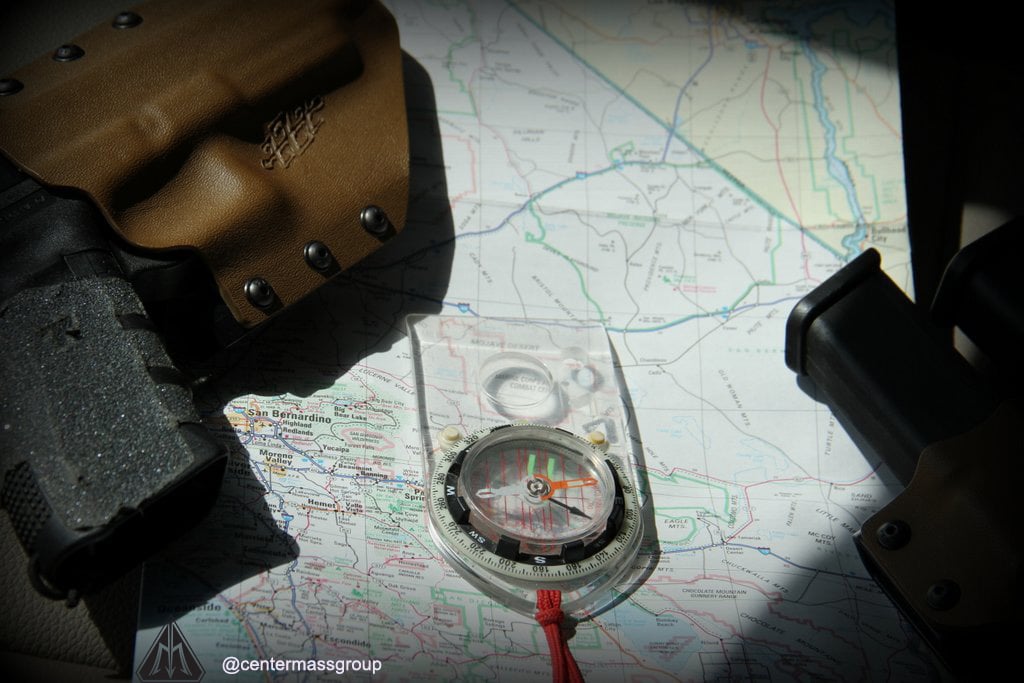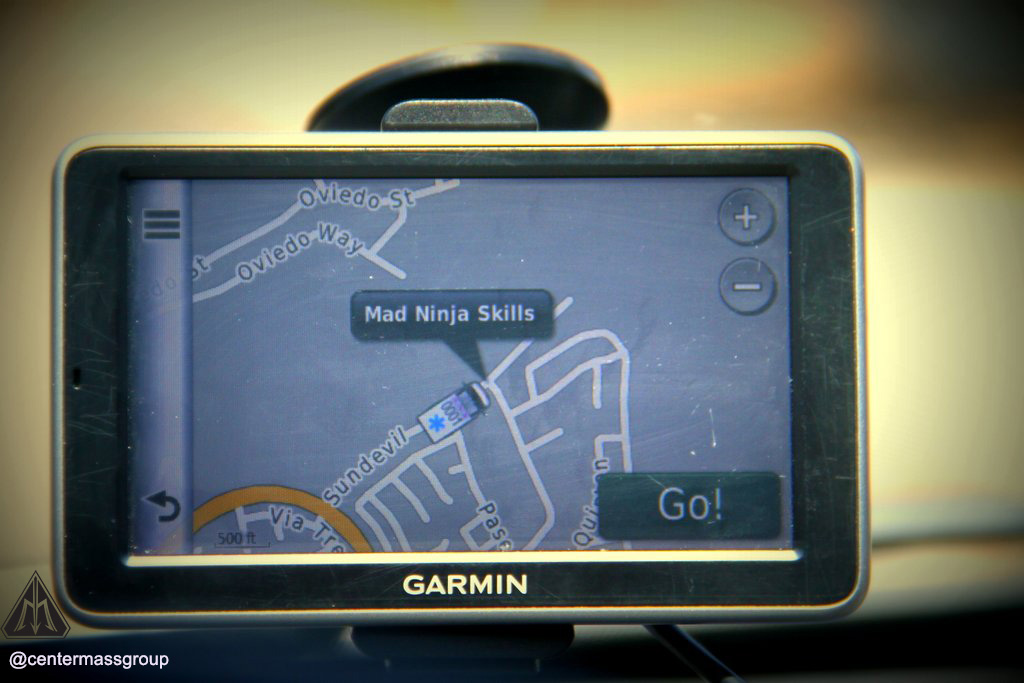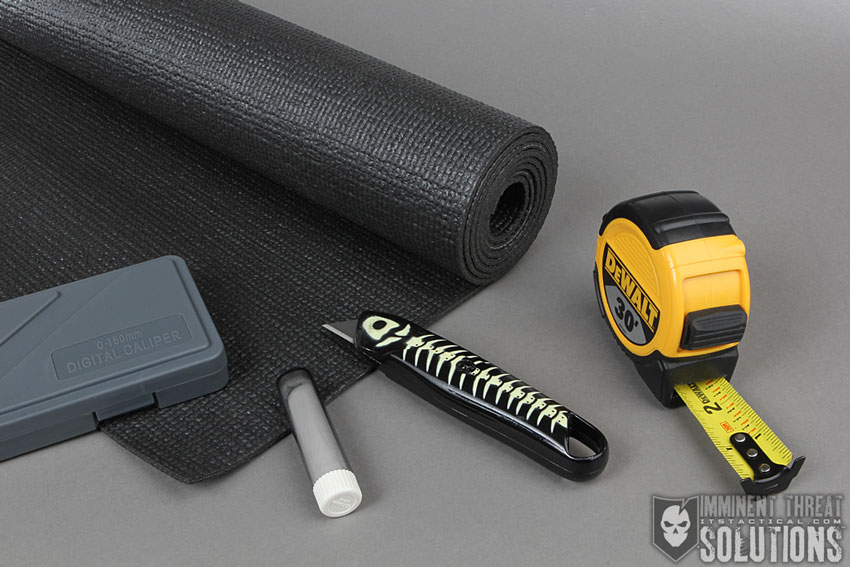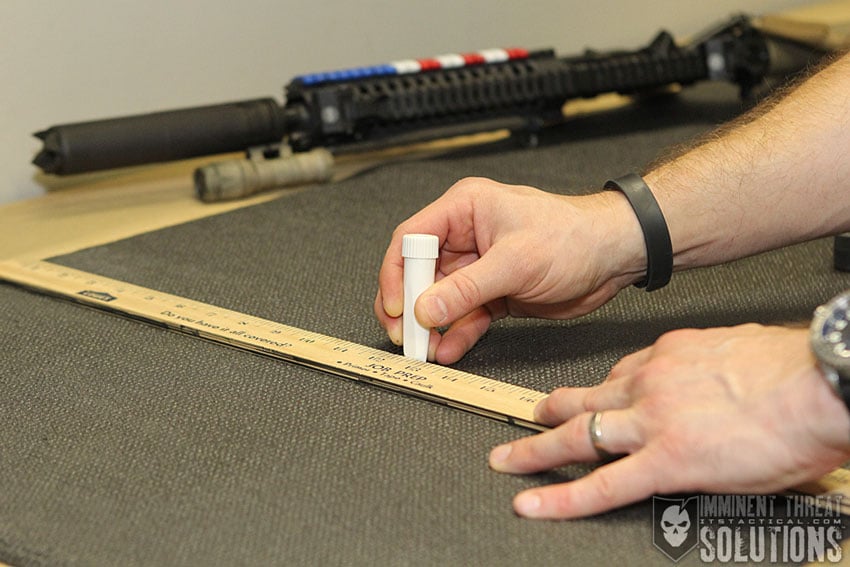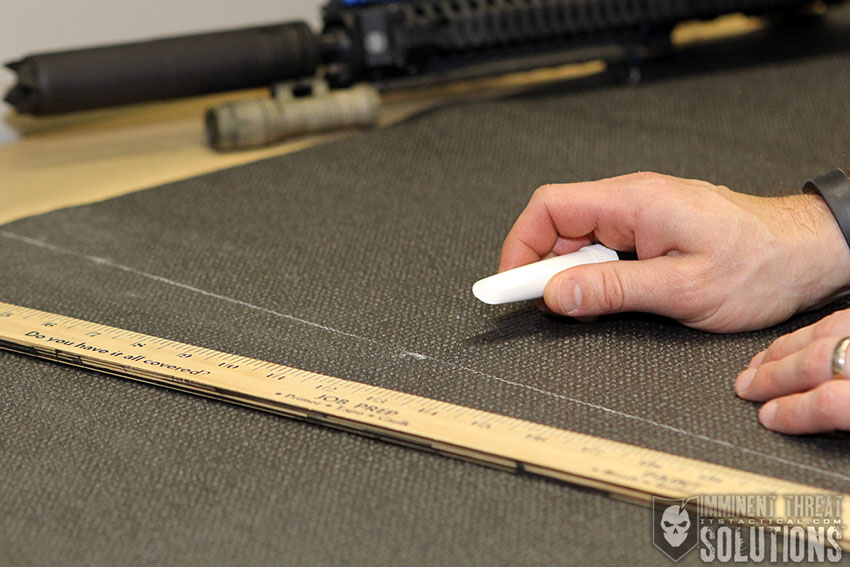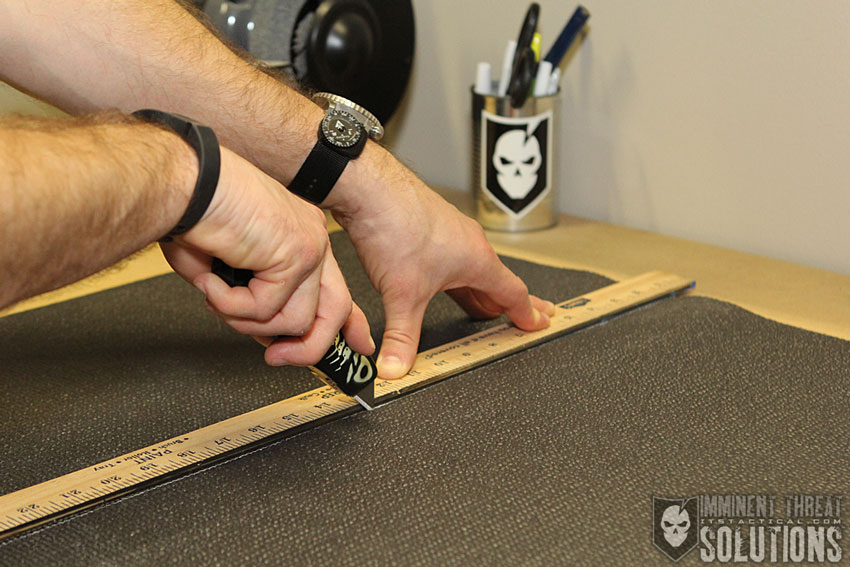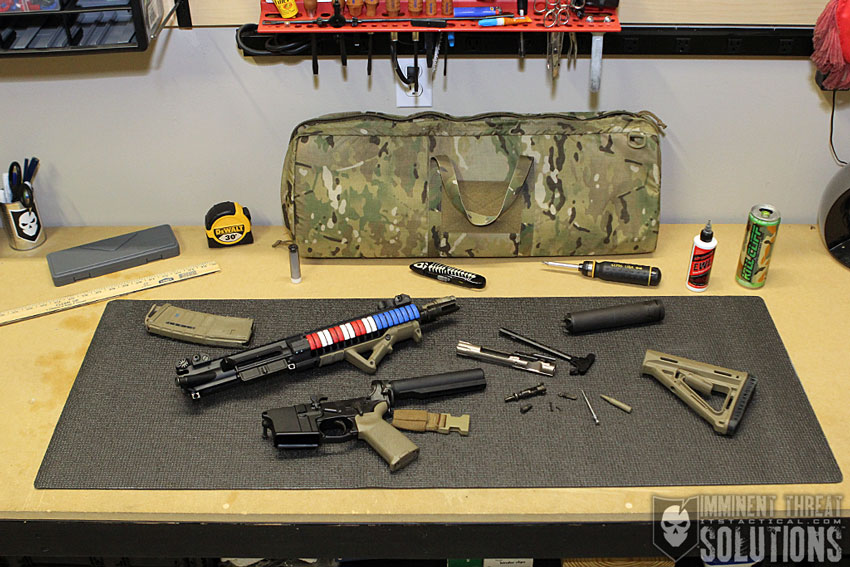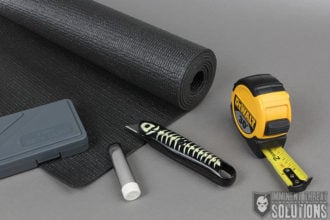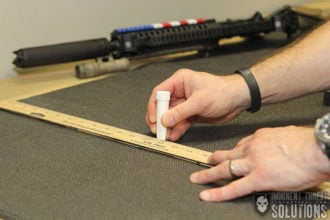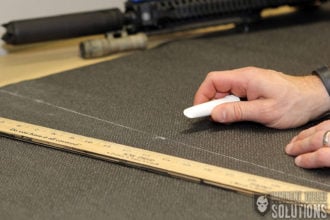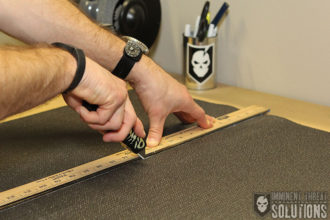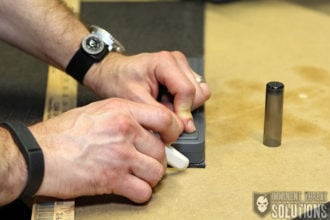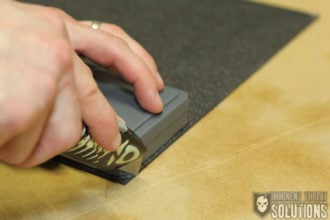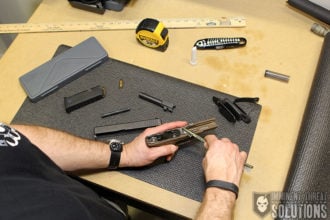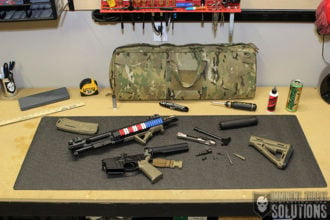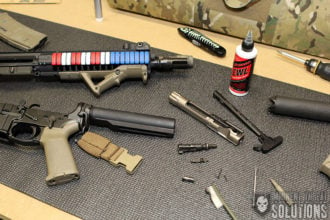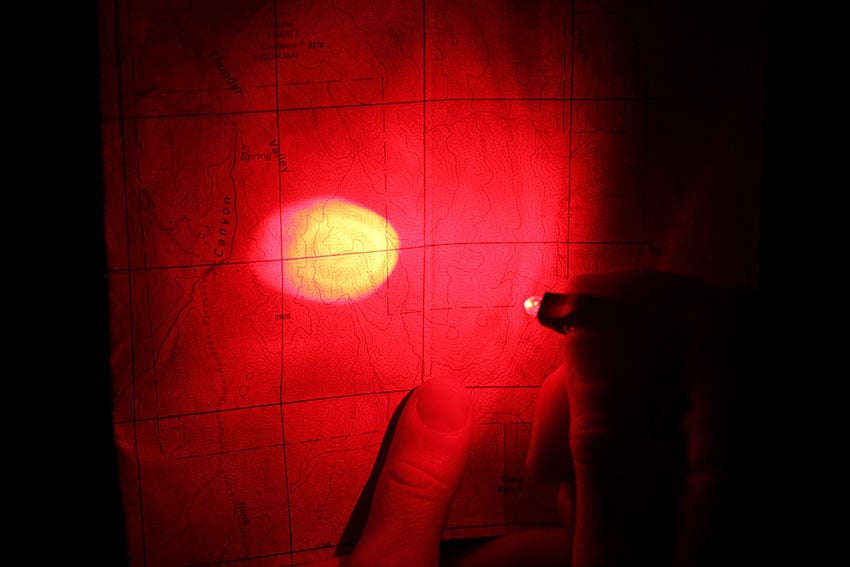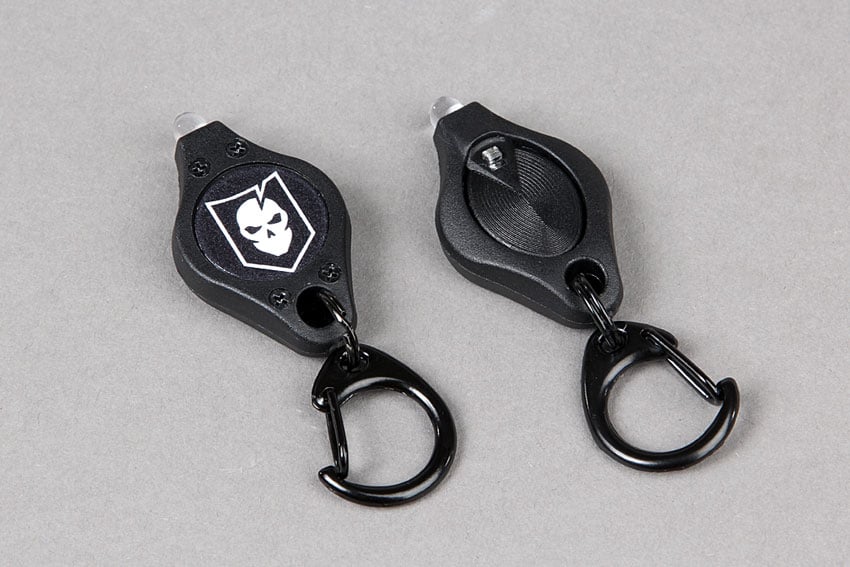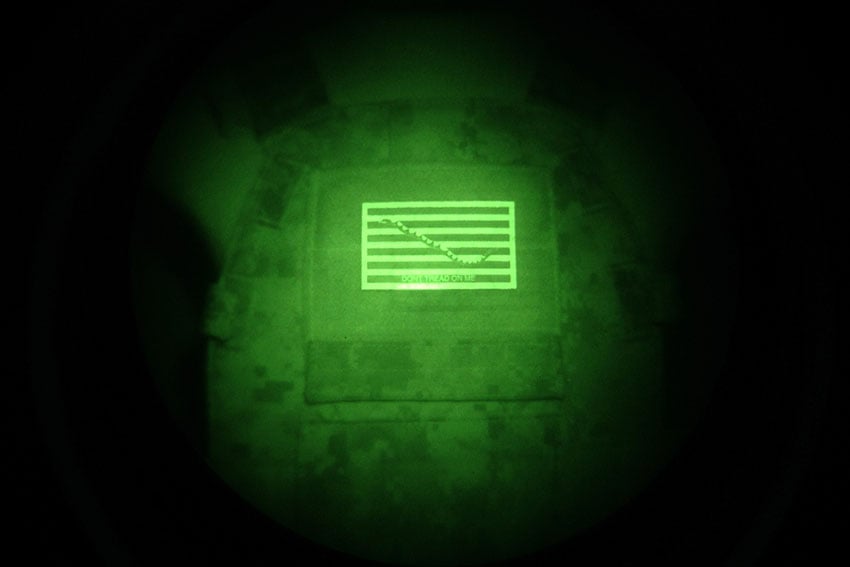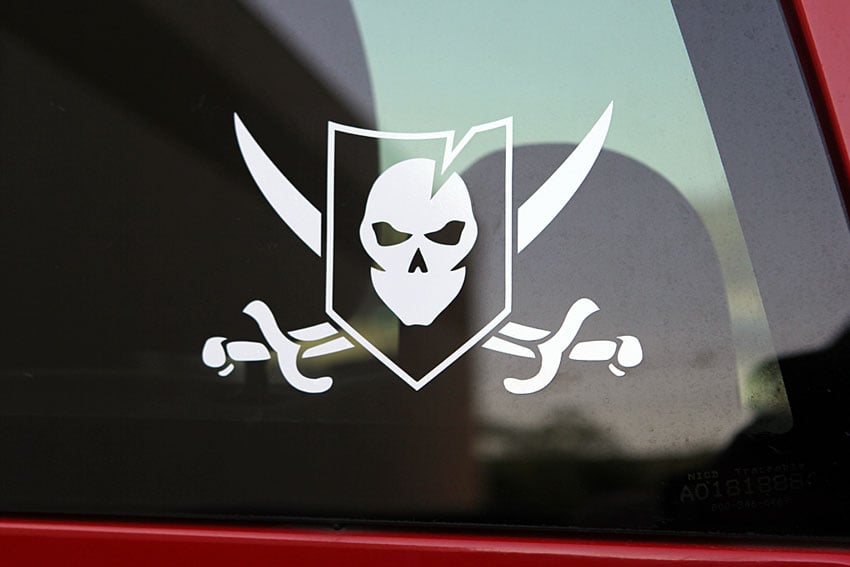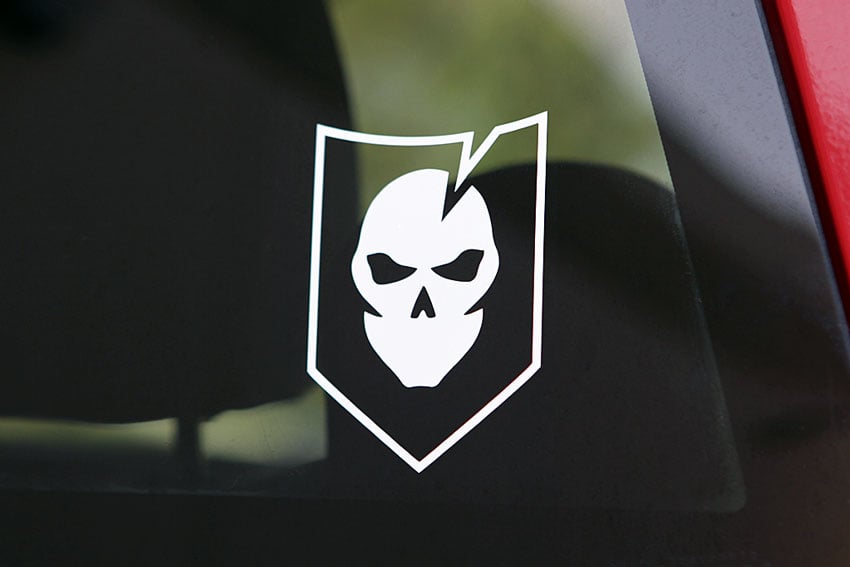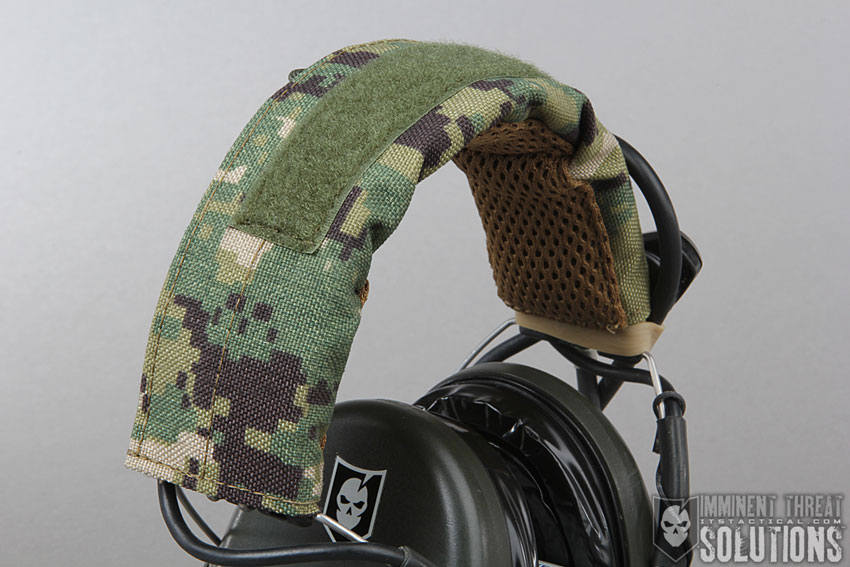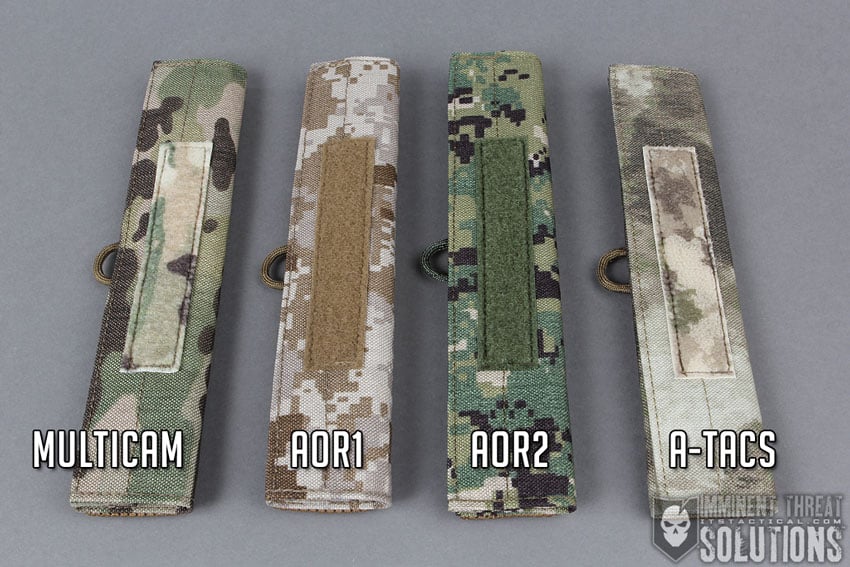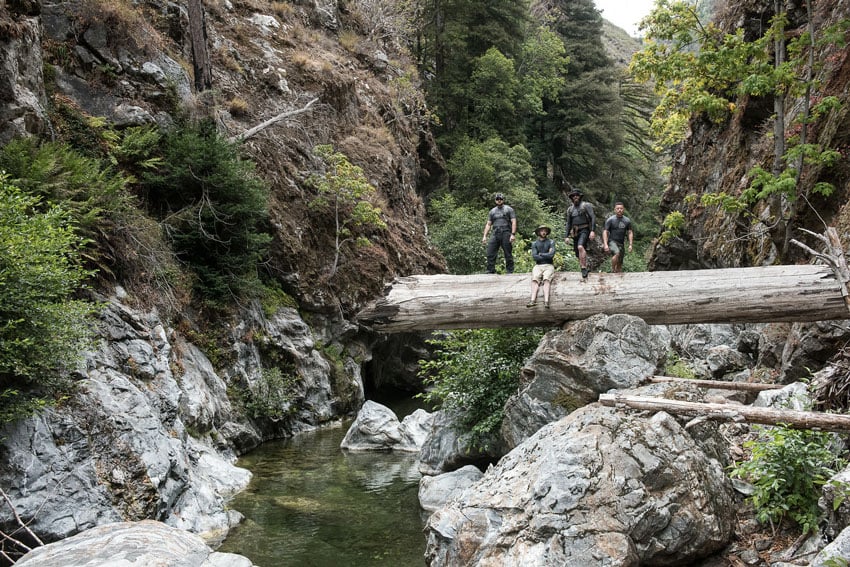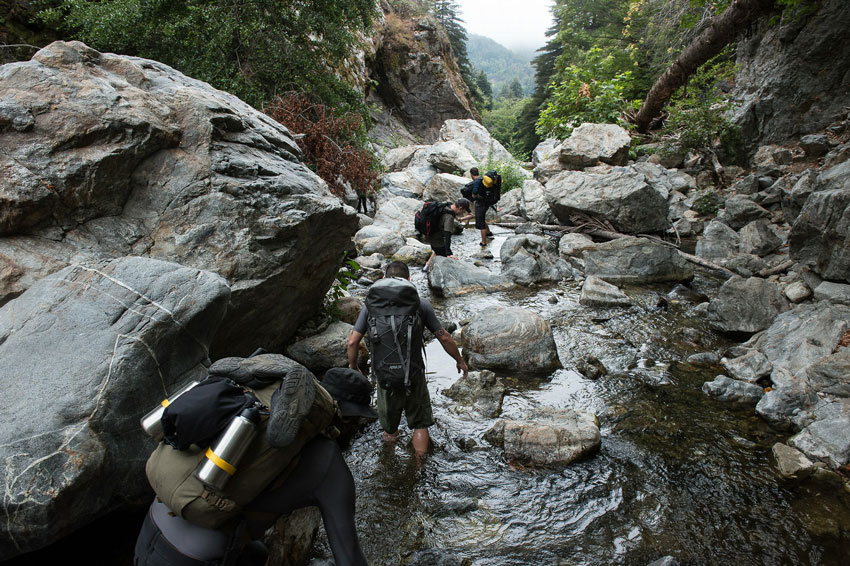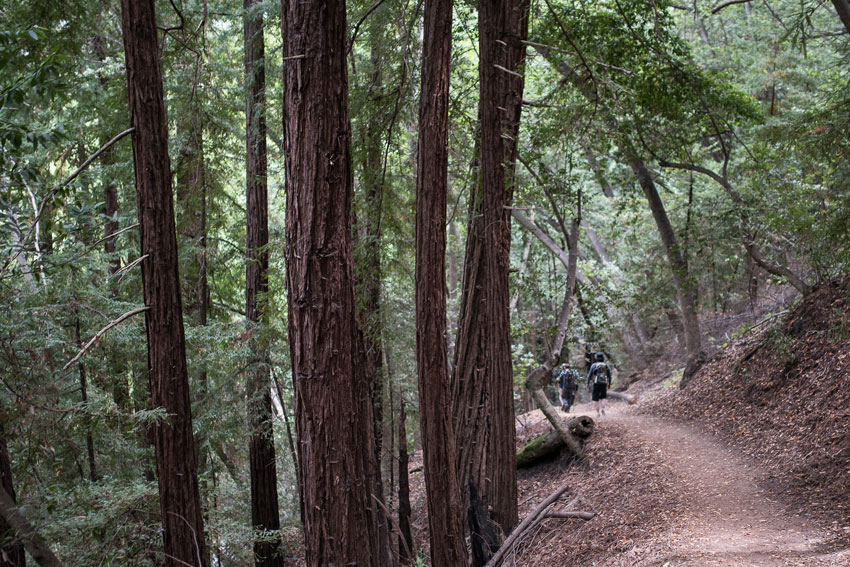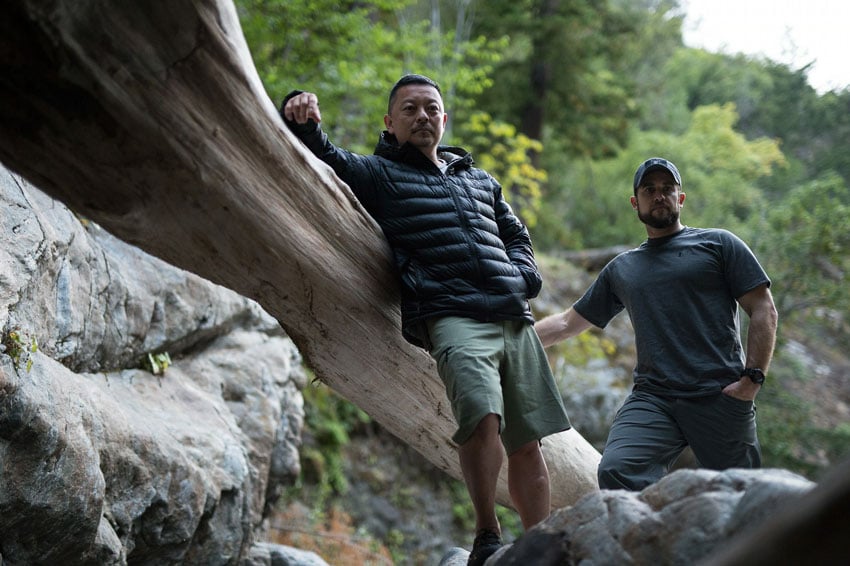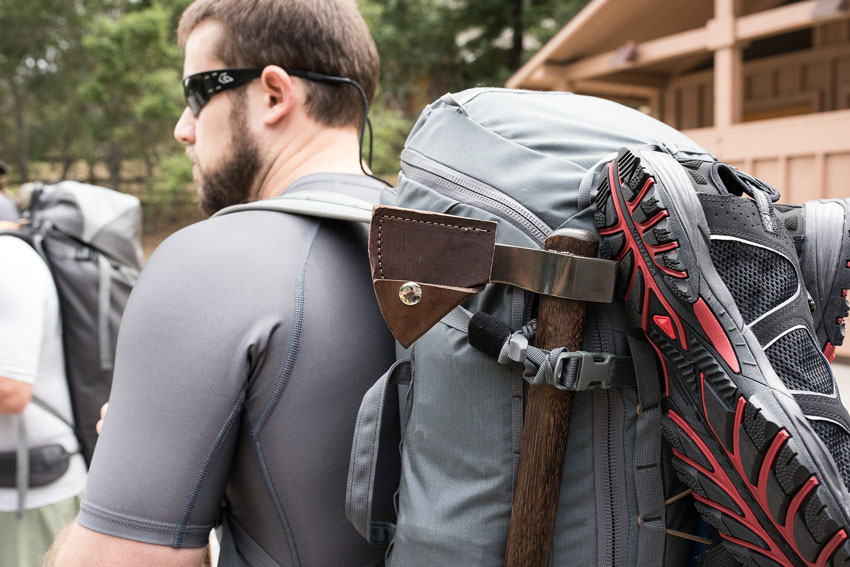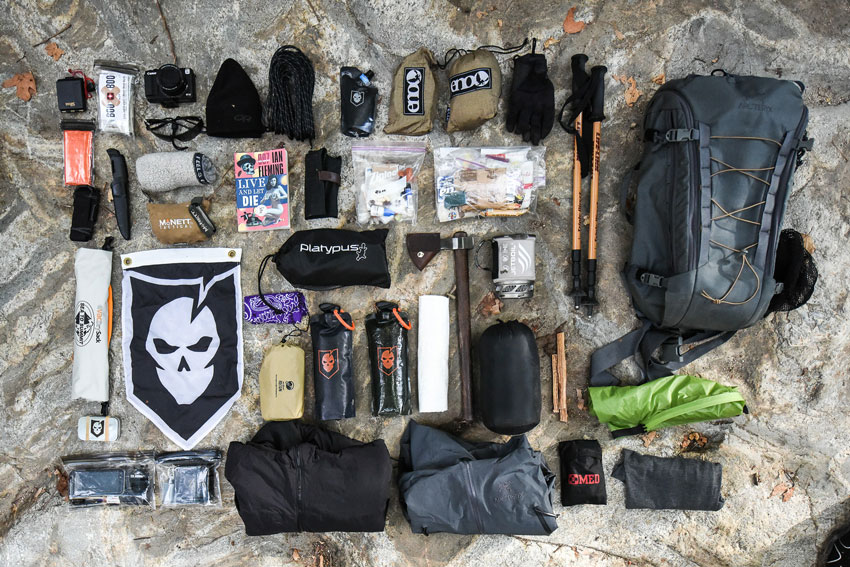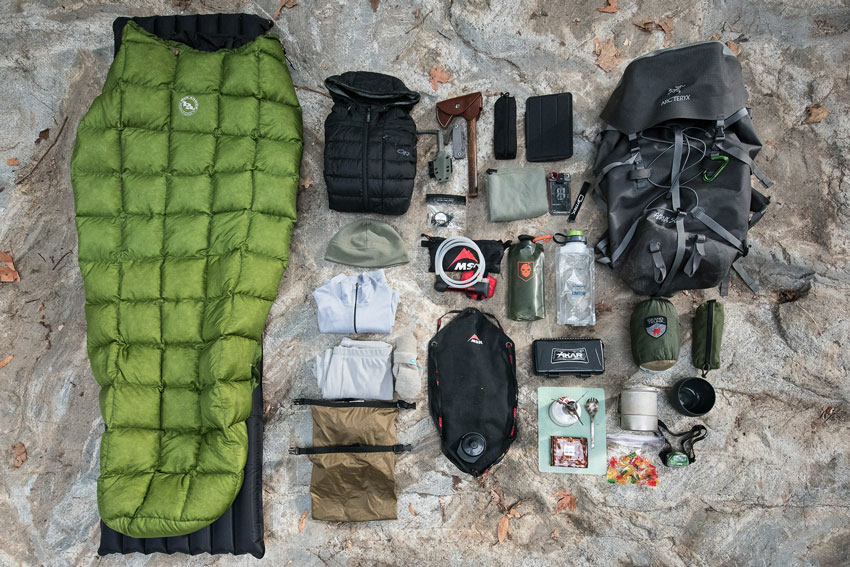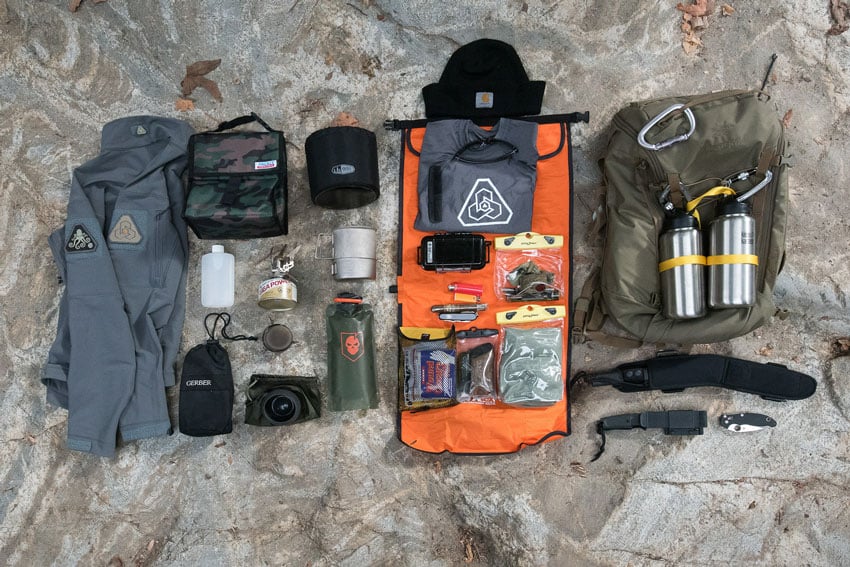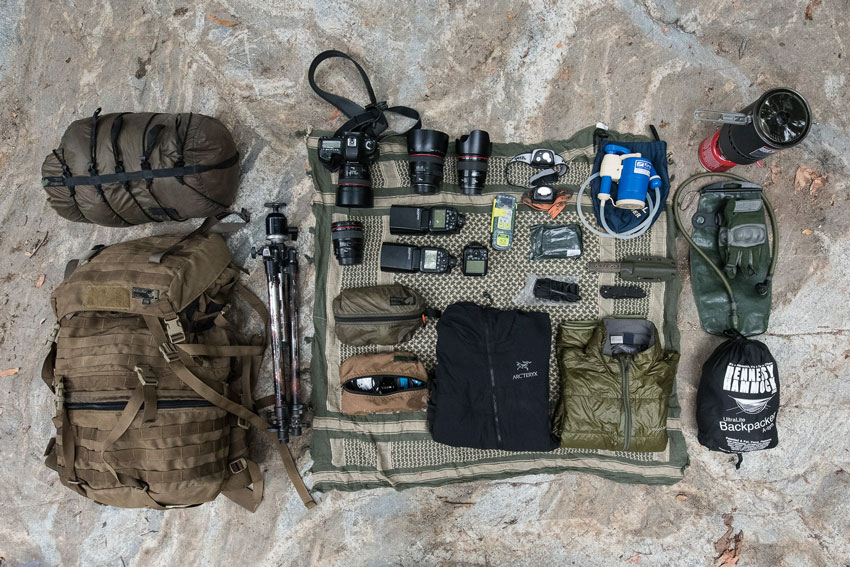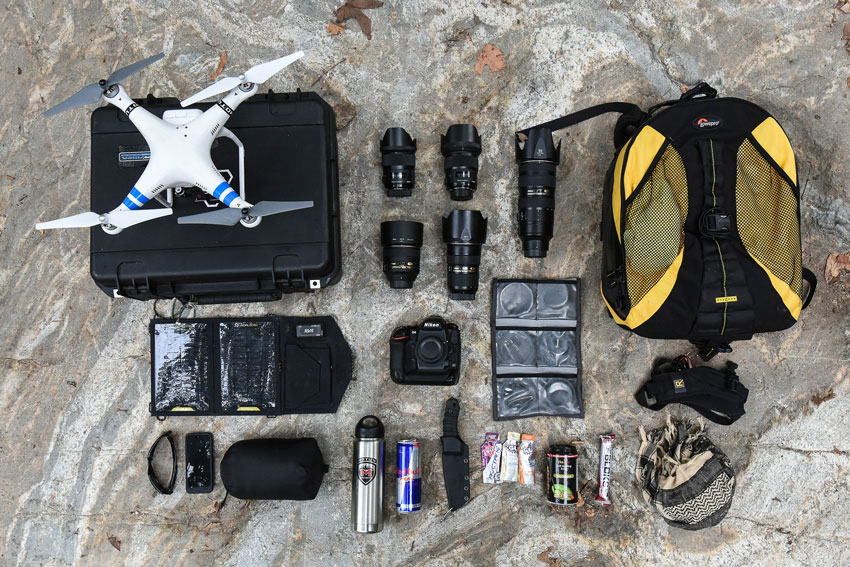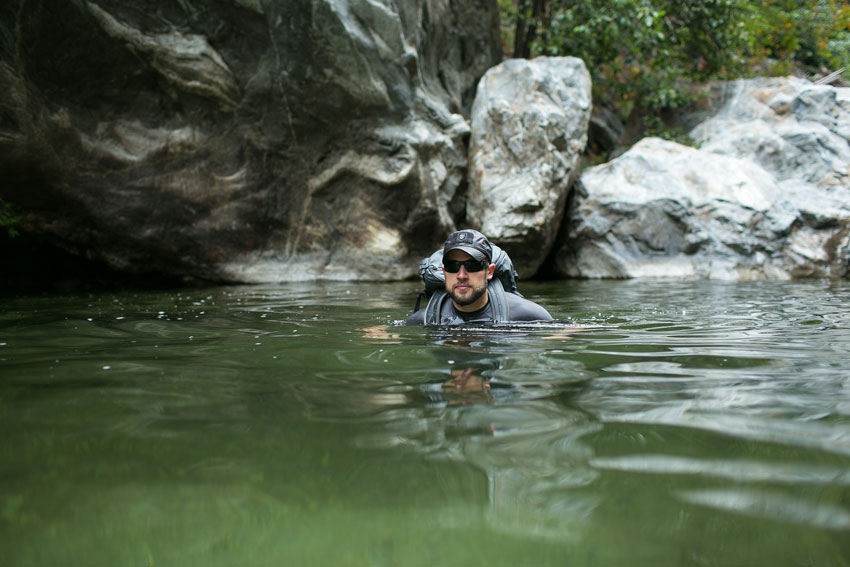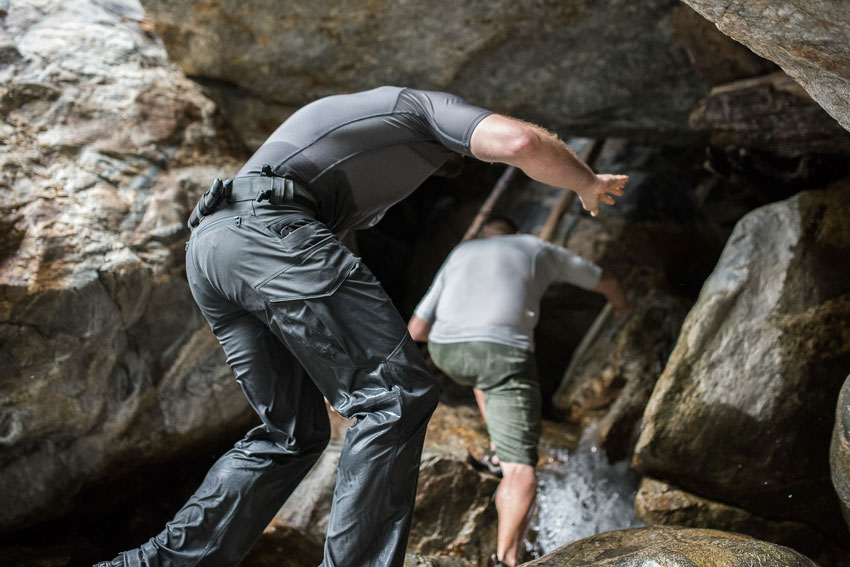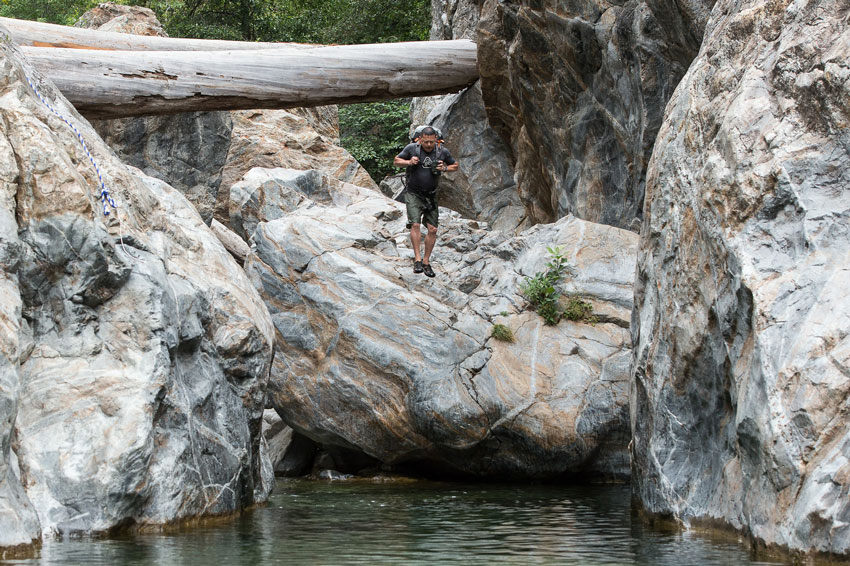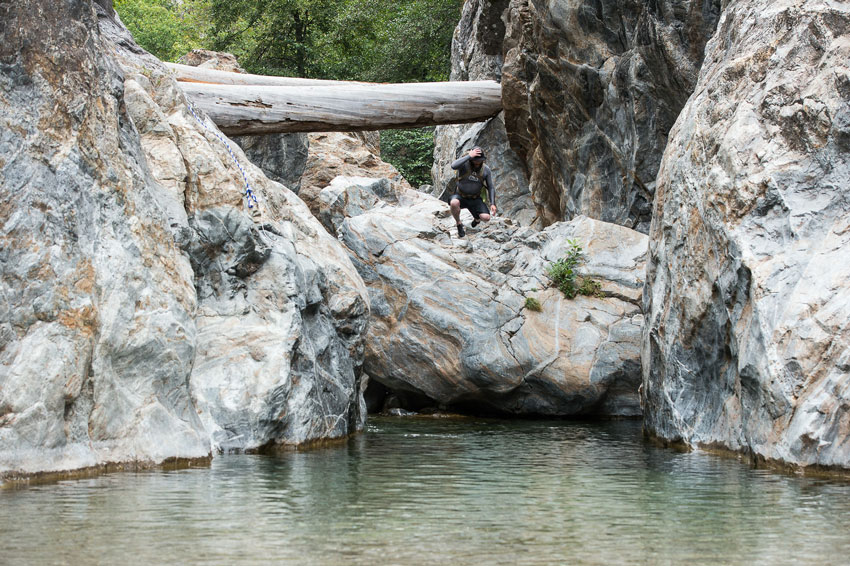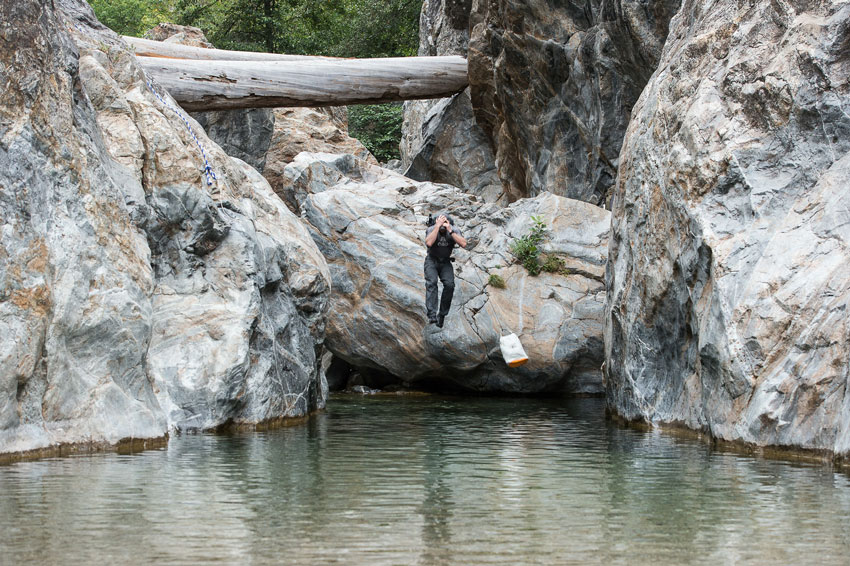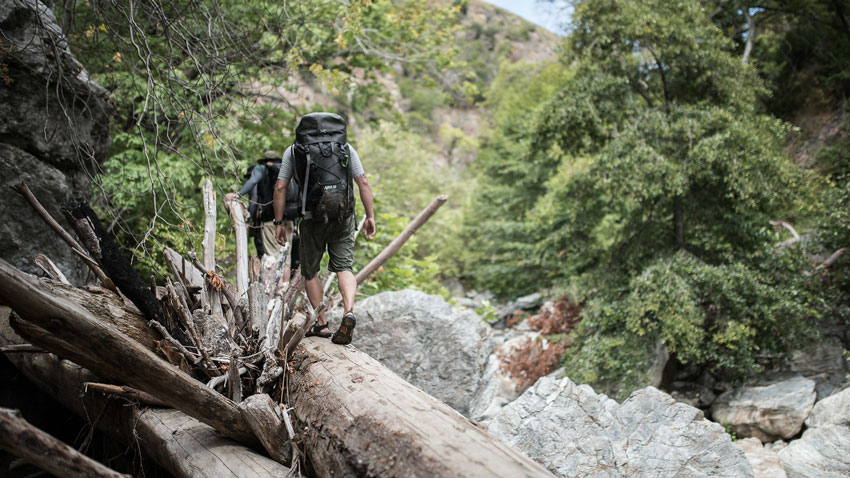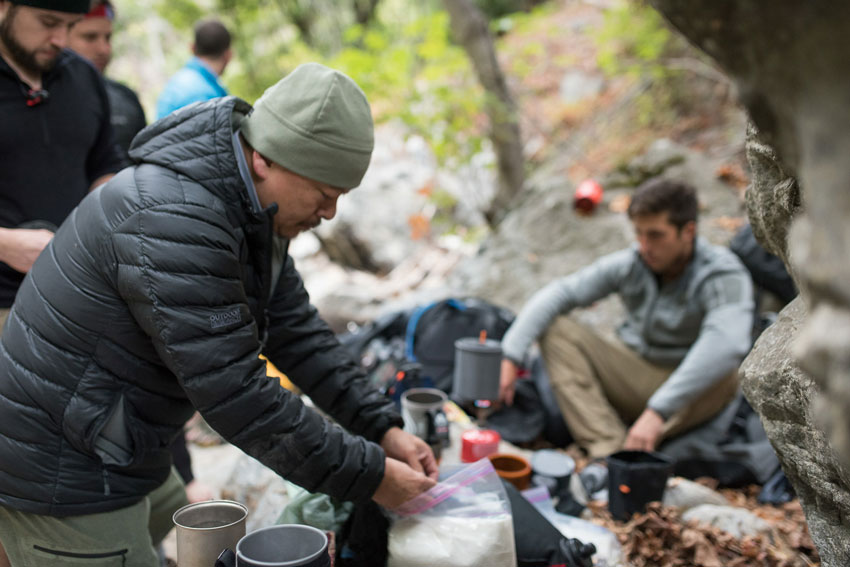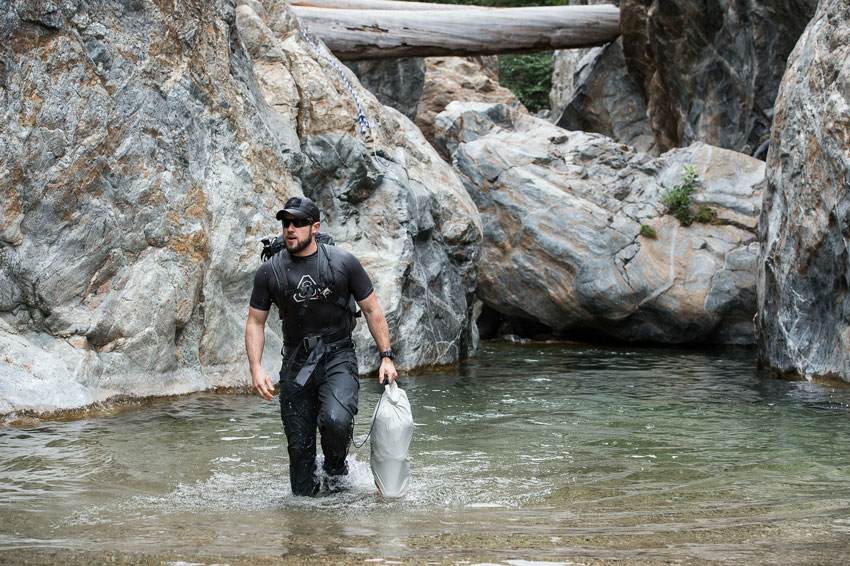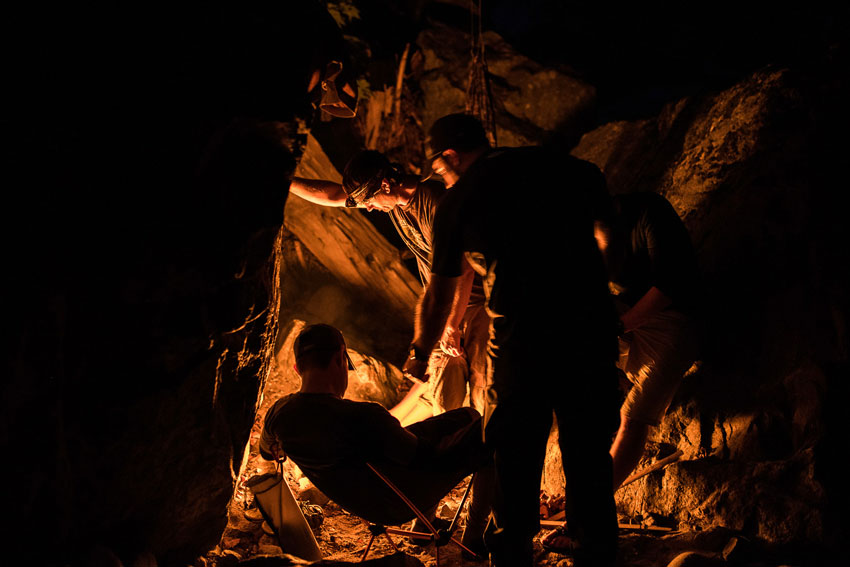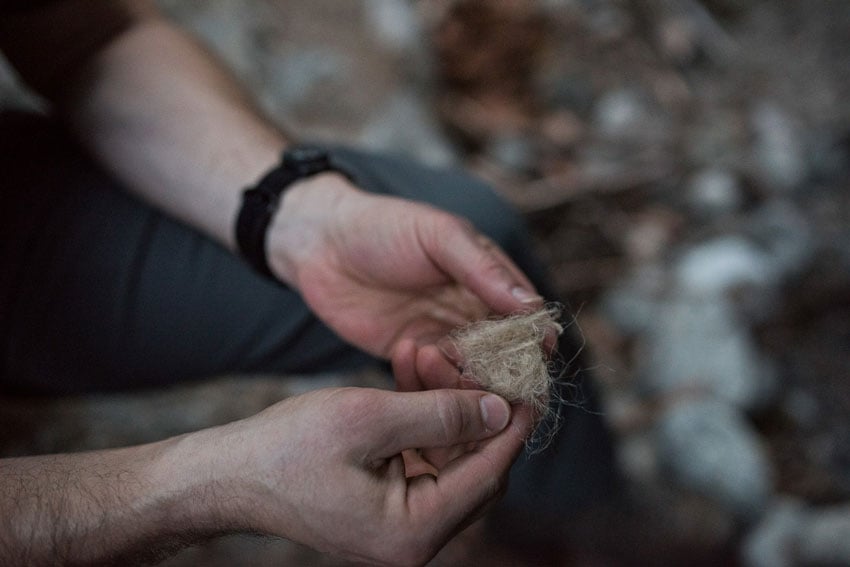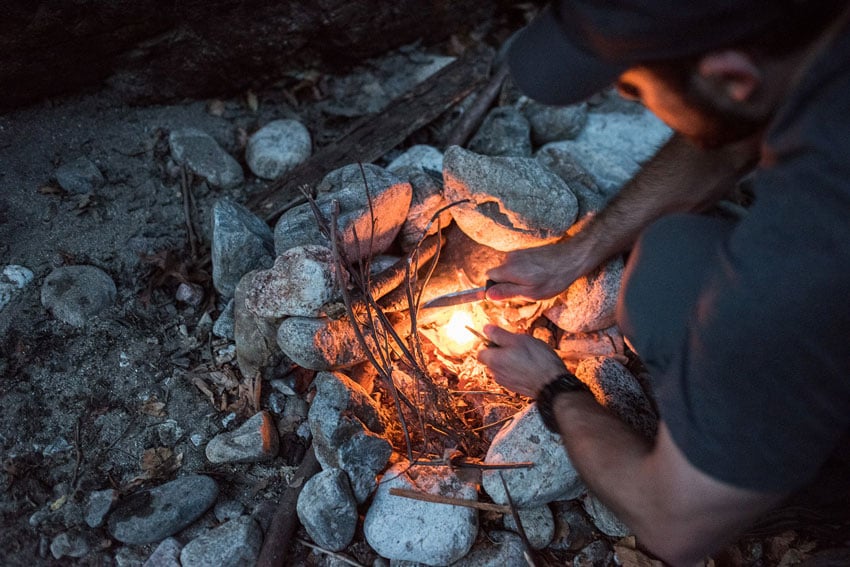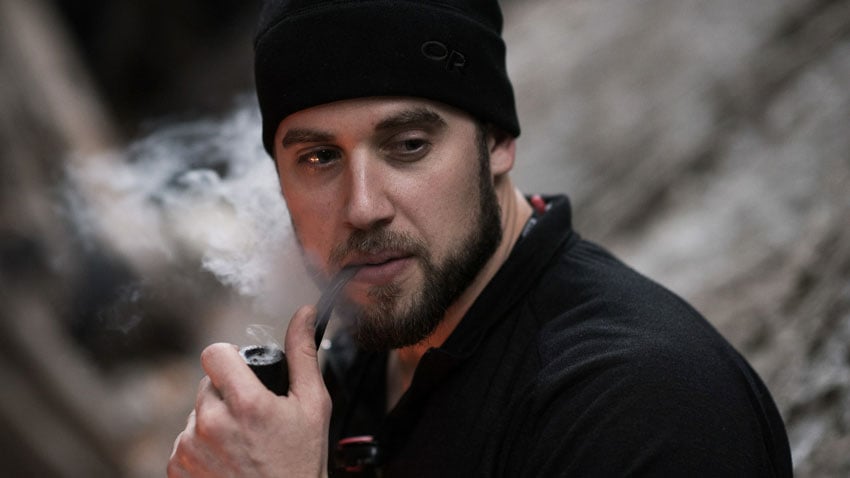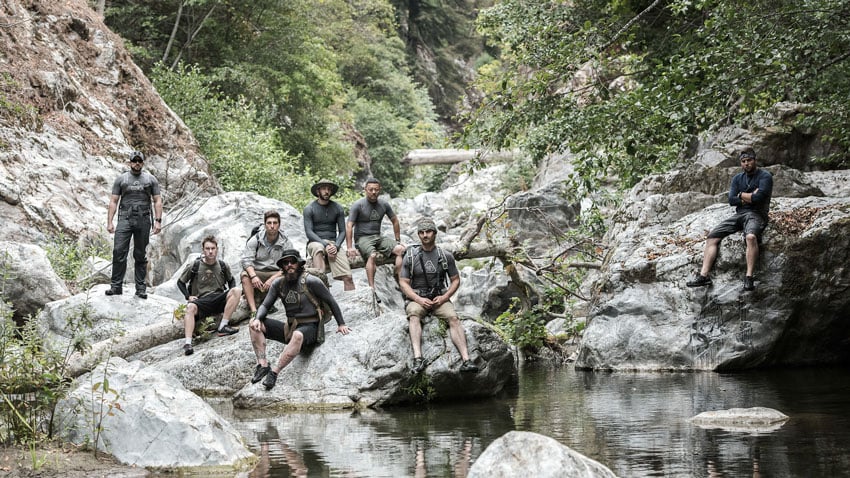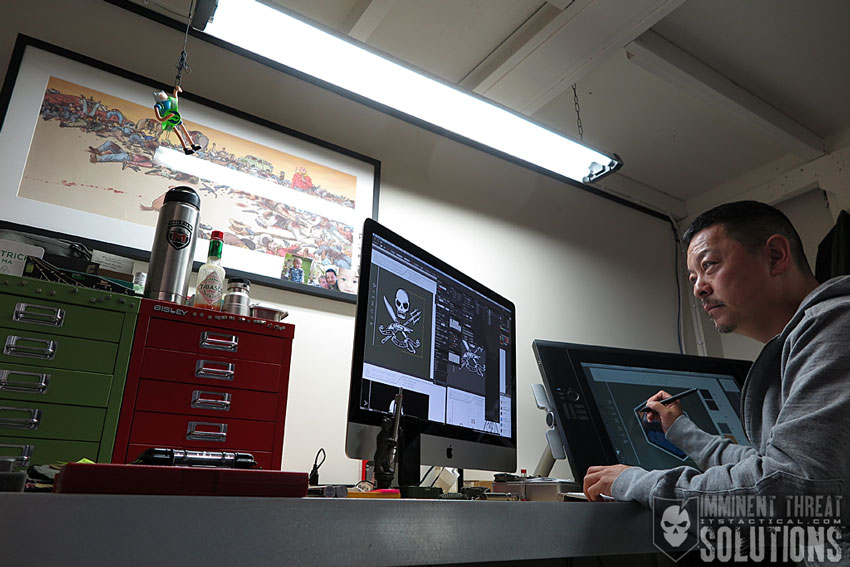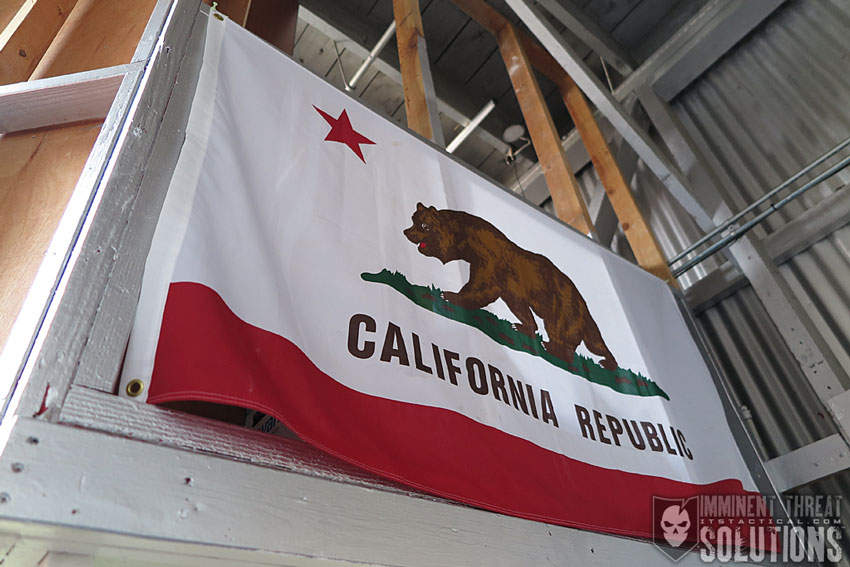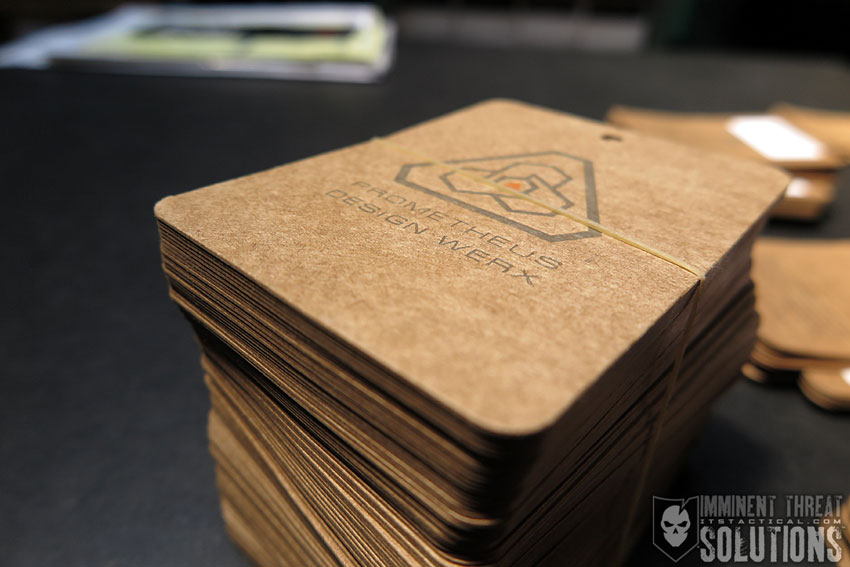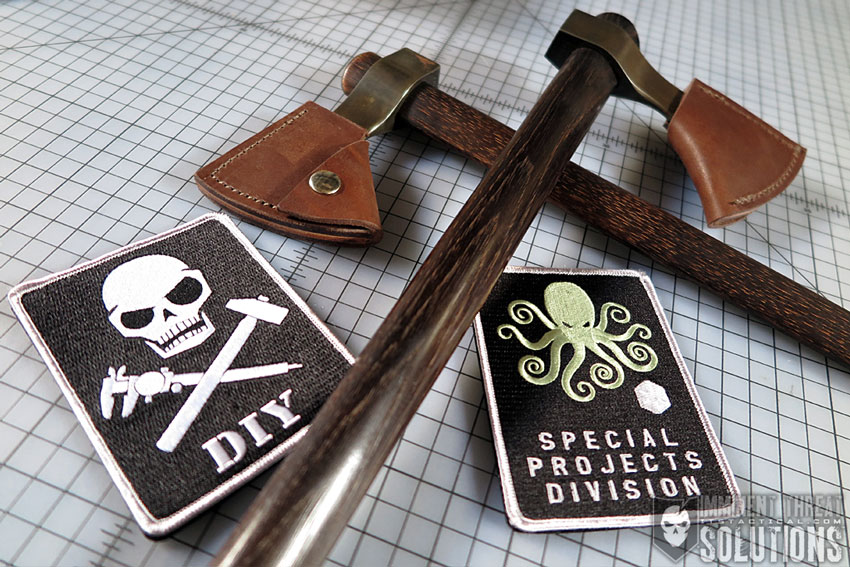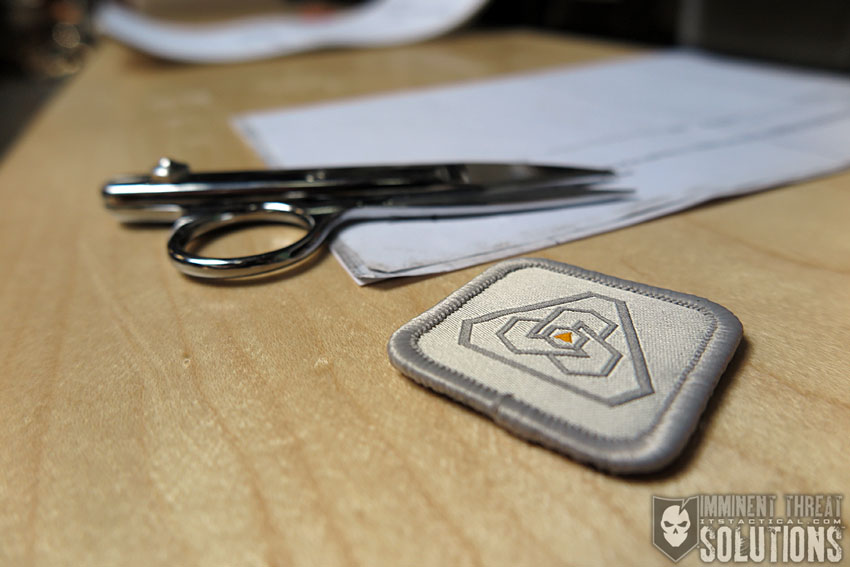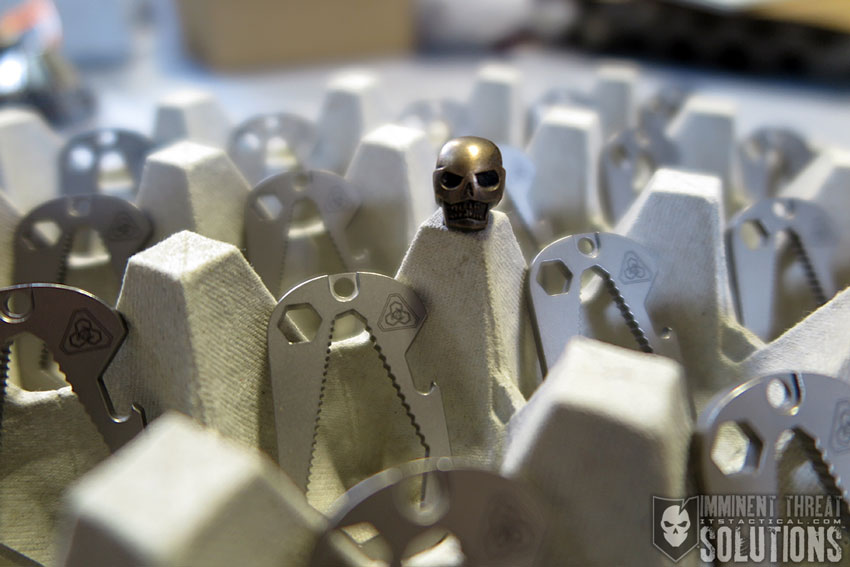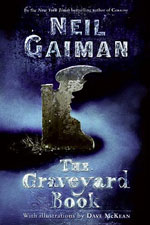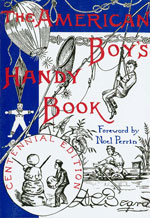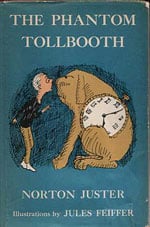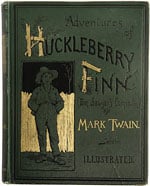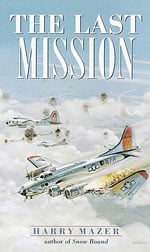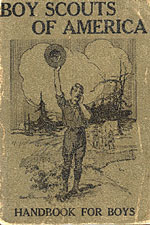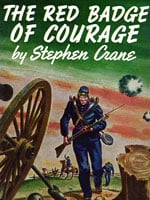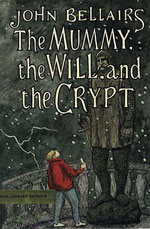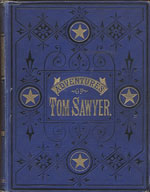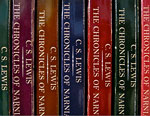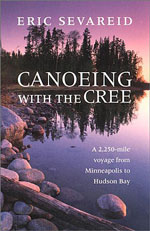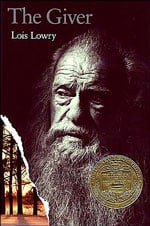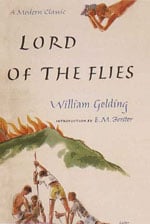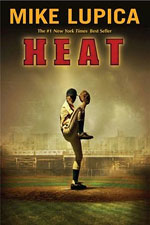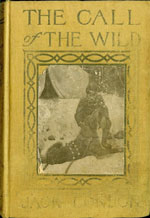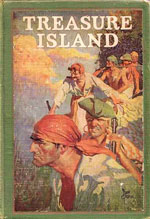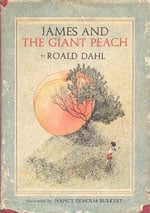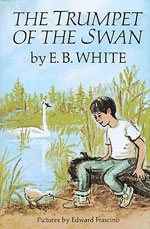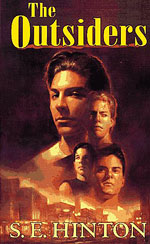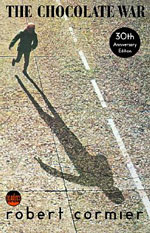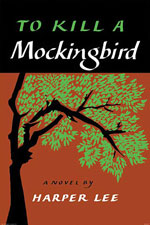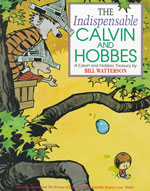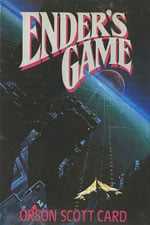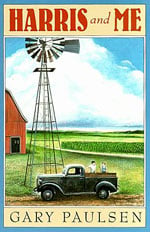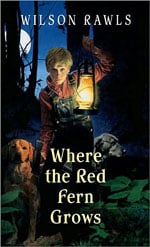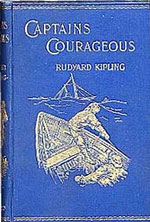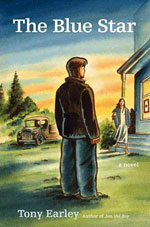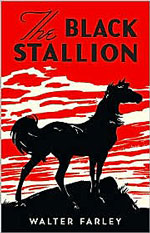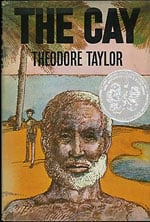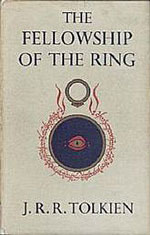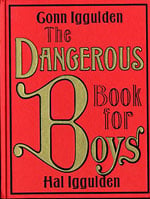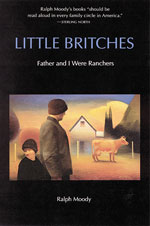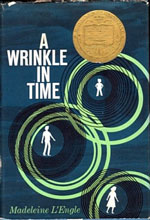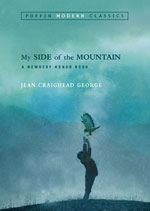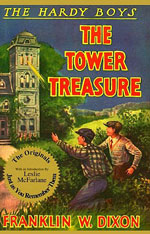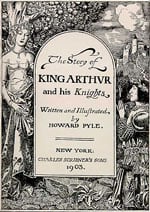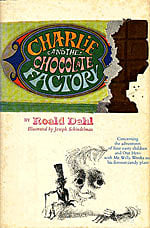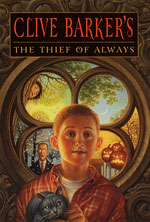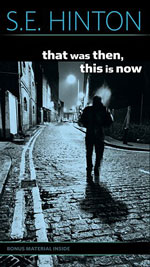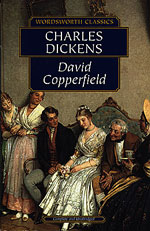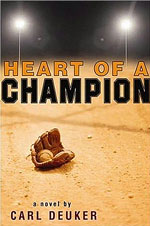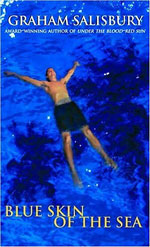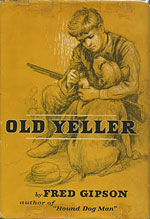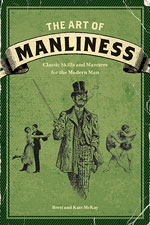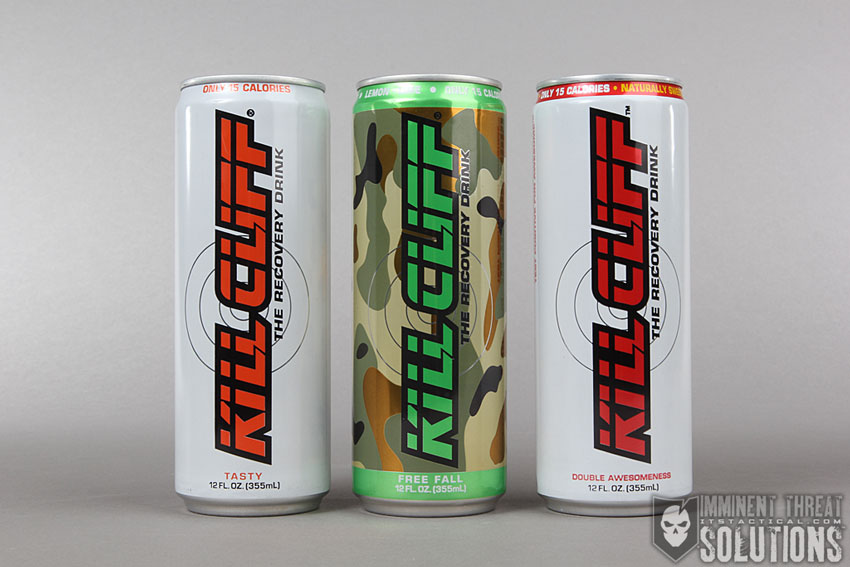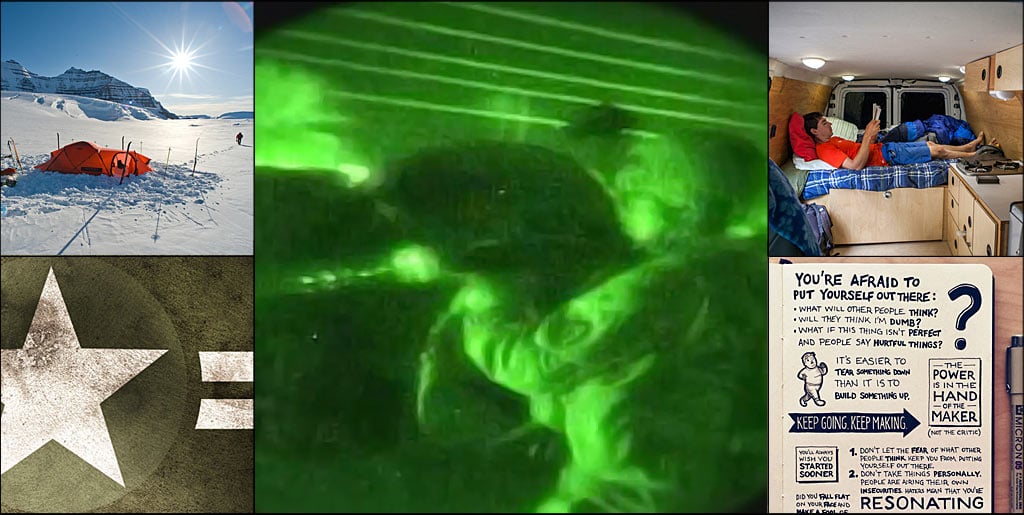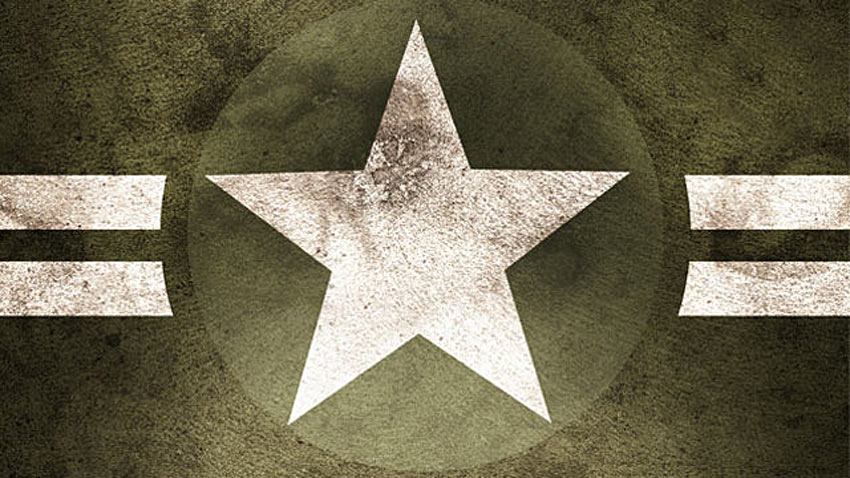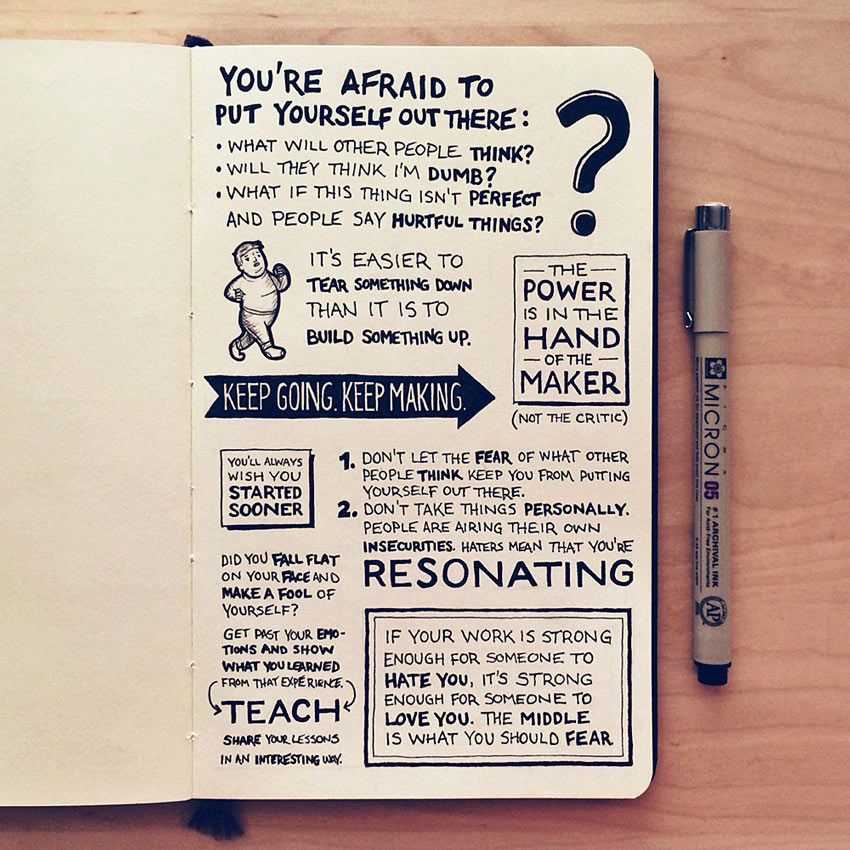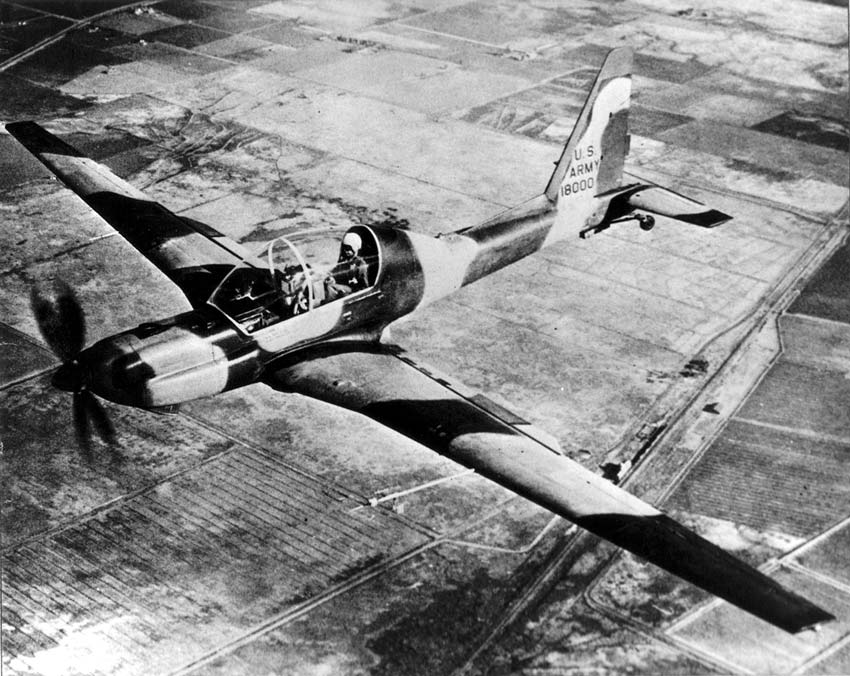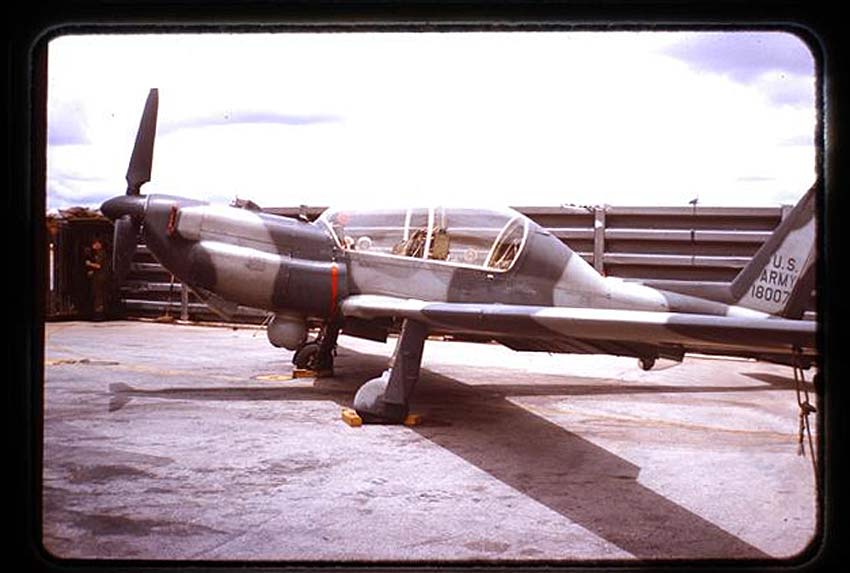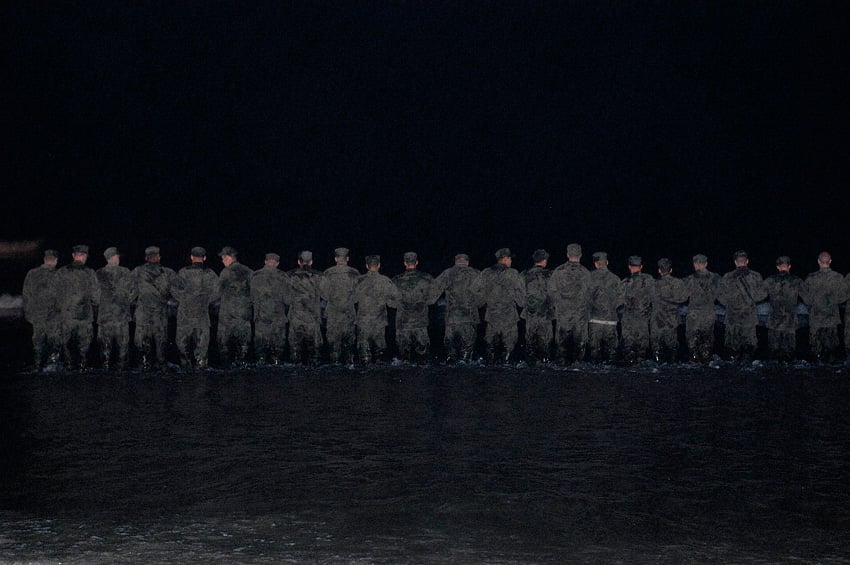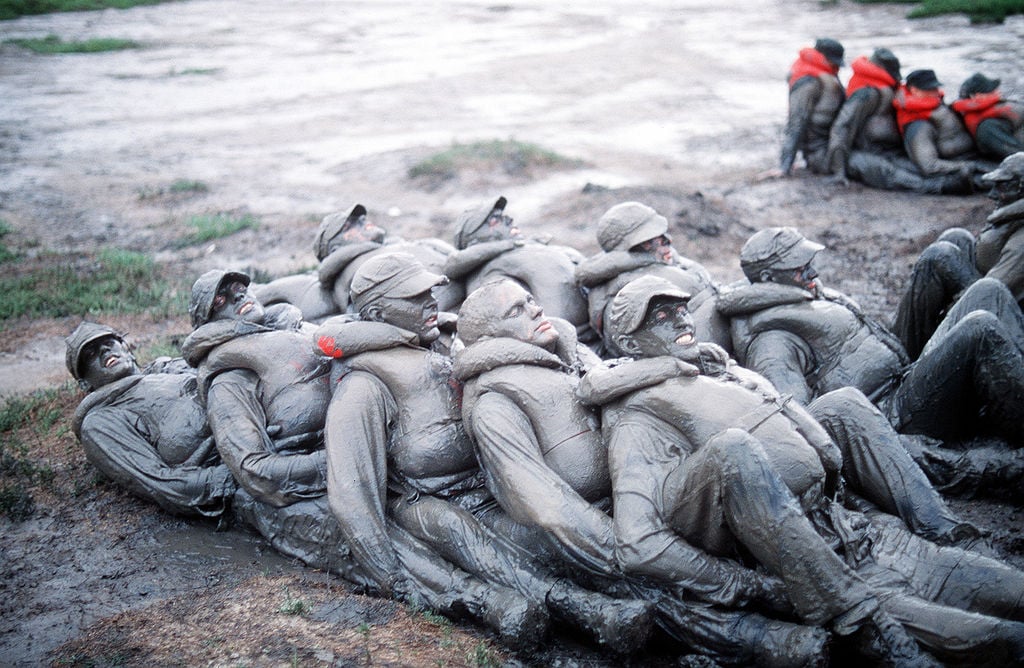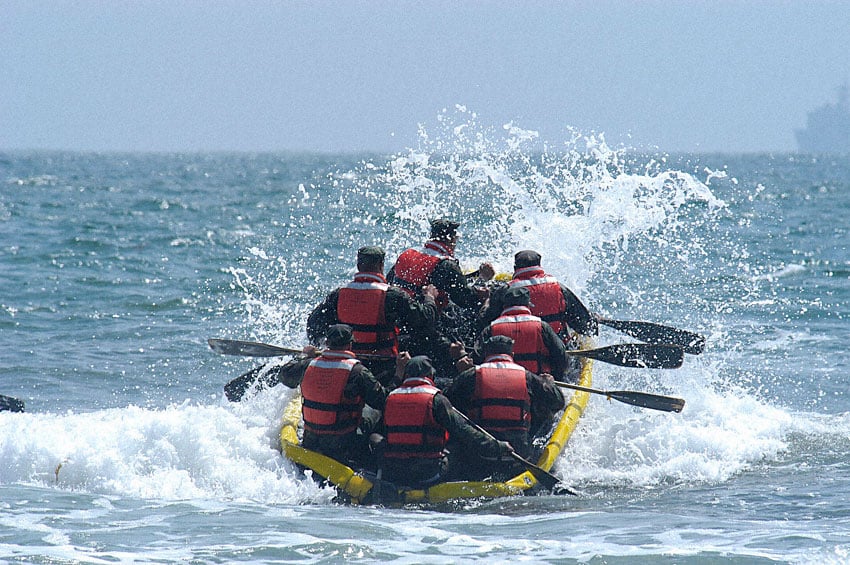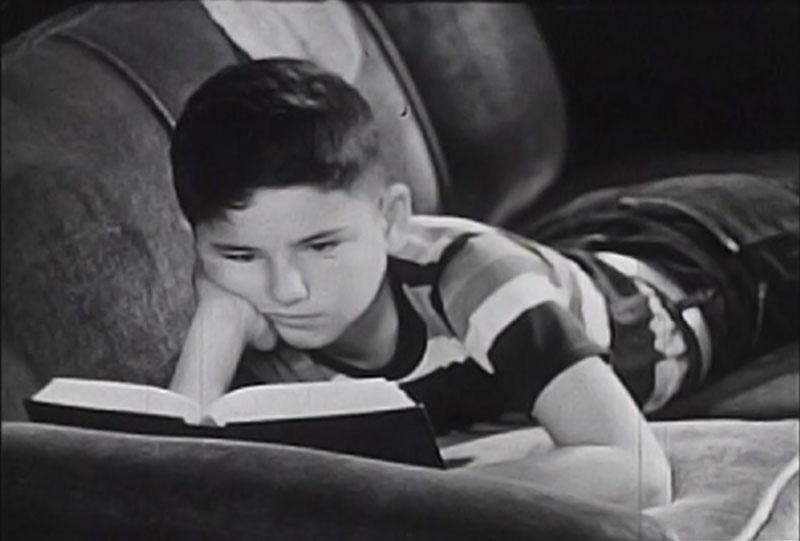
As a boy, one of my favorite times in school was when we’d get a new Scholastic News book “catalog.” I would pour over the pages picking out which books I wanted and filling out the order sheet. And as soon I got them, I was lying under the covers with my nose buried in a book.
Unfortunately, not all boys have that kind of enthusiasm for reading. For several decades now, boys have scored lower on reading assessment tests than girls. Boys also take longer to learn to read than girls, are less likely to actually read and to value reading and are more likely to label themselves as “non-readers” (up to 50% of high school age boys consider themselves as such). Non-reading boys do poorer academically and end up as non-reading men (women read almost twice as many books as men).
What’s the problem? Some of it may be biological (boys’ language skills develop slower that girls). But a lot of it is sociological. Boys may see reading as a passive and thus sissy activity. Boys also lack male reading mentors-their librarians and teachers are often female and it’s mom that reads to them. And in the name of gender-neutrality, teachers are foisting books on boys that they simply do not like.
But parents are to blame too, often trying to make their sons read “important books” to build their character. Dad loved some long tome as a boy and wants junior to come to an equal appreciation of it.
But reading experts all agree that boys need to be allowed to pick the books that really interest them. Of course it’s okay to make suggestions to your son about things he might like-boys very much value the opinion of other boys and men in making their reading selections. So here are 50 books that many boys and young men will really love. We’ve included some classics, but we also threw in some more modern and accessible choices-after all, not every boy has the desire or the aptitude to dive into Dickens.
Finally, while we had boys about the ages of 9-15 in mind when we made this list, I’ve always considered the distinction between adult and young adult literature to be an unfortunate and artificial one. Putting together this list I remembered just how good these books are and I can’t wait to read them again as a man. Whether you’re 12 or 52, grab one of these books and a bag of cookies and head out to the treehouse.
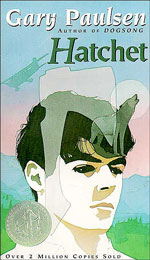
by Gary Paulsen
Pretty much every boy’s favorite book. When the pilot of the small plane of which he is a passenger crash lands in the Canadian wilderness, 13 year old Brian Robeson must survive with only his wits and a hatchet.
Utterly alone, Brian must learn to rely on himself. Gripping and vividly told, every boy pictures himself in Brian’s shoes and wonders whether he would have what it takes to survive.
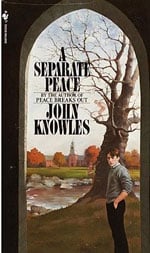
by John Knowles
Set at a boys prep school on the eve of World War II, A Separate Peace centers on the friendship of Phineas and Gene. Phineas’ seeming perfection creates a jealously in Gene that results in a tragedy that will forever change both of their lives. A piercing look at both the light and the shadows of friendship and humanity.
Every boy wishes he were Finny but knows he’s more like Gene. This book has stuck with me ever since reading it as a young man and remains one of my favorite until to this day.
by Neil Gaiman
Take Rudyard Kipling’s The Jungle Book, replace the jungle with a graveyard and the animals with ghosts and you’ve got Neil Gaiman’s The Graveyard Book. The book begins with the mention of the murder of a family, but quickly moves on from there and is not a gruesome tale inappropriate for youngsters. The sole survivor of the murder is an 18 month old baby, who toddles away to a graveyard. Here the cemetery’s ghosts and ghouls adopt the boy, give him a name (“Nobody” as he’s like nobody else in the graveyard), protect him from the still on the loose killer and teach him the life lessons that only the dead can know.
It takes a graveyard to raise a child and the cemetery is a great home, but eventually Bod, as they call him, must deal with the world outside of its borders. Spooky, magical and engrossing, it’s a must for all boys who like ghost stories (so pretty much all boys). Be sure to check out Gaiman’s other great books like Neverwhere and Anasi Boys.
by Daniel C. Beard
Long before The Dangerous Book for Boys became all the rage , there was the American Boy’s Handy Book. Every father and grandfather should have this on his shelf, waiting there for a boy to pull it off and start leafing through. Dozens of awesome (and unlike another book, some actually dangerous) hands on projects for boys to tackle from how to build kites and forts to how to rear wild birds and trap animals. Originally published in 1882 and still a must for every boy today.
by Norton Juster
The story of a boy who’s boring life is interrupted by the appearance of something strange and unusual that transports him to a magical place. It’s a premise that underlies a myriad of children’s books, but few are as creatively constructed as The Phantom Tollbooth. Young Milo finds a tollbooth in his room, gets in his toy car and drives into another dimension. Boys will love the strange adventures Milo experiences, while older kids and adults can enjoy the witty satire and clever puns.
by Mark Twain
One of the great American novels. Young Huck Finn escapes from his abusive father by taking off on a raft down the Mississippi River. He is joined by Jim, an escaped slave. The two set off on a grand adventure full of close calls and interesting characters. With both wit, action and fun, coupled with an undercurrent of serious themes, Huck Finn is a multi-layered masterpiece for young and old.
by Harry Mazer
The classic tale of the collision of a boy’s idealistic view of war with it’s ugly reality. Yet the book manages to avoid being a tired cliche. 15 year old Jack Raab lies his way into the Army Air Force and finds himself flying bombing missions over occupied territory. On his 25th mission, his last mission before being sent home, his plane is shot down and he is taken prisoner in a German POW camp. A fictional story and an easy read, but historically accurate and realistic in its details. Be sure to check out other books by Harry Mazer; his A Boy at War series is a painless way to teach boys some history.
by The Boy Scouts of America
If you have a son in Scouts, he’ll definitely dig this book. Today’s Scout manual is definitely watered down compared to the first edition. The first edition manual is crammed with info on tracking and trapping animals, building shelters from scratch and sailing.
Additionally, it has stories of bravery and adventure that inspire boys to be great men. Something today’s manual is sorely lacking.
by Stephen Crane
Known as a war book, The Red Badge of Courage is really a coming of age story set on the battlefield. Young Henry Fleming leaves his mother to fight for the Union Army. His question of whether or not he’ll have the courage to stand and fight is answered in the negative when he flees from his first skirmish. Fleming resolves to redeem himself during the next battle. A story not only of the tragedy of war, but the struggle to replace pride, weakness and rationalization with bravery and personal honesty.
by Richard Adams
One of my favorite books as a boy-who knew the lives of rabbits could be so engrossing? I’m sure it’s rife with rich symbolism and whatnot to mull over, but it’s one of those books that creates a world so rich and evocative that it’s best to let yourself get totally wrapped up in it instead of constantly searching for deeper meaning. When a prophetic rabbit correctly foretells that their warren will be destroyed, a band of rabbits travel in search of a new home and encounter dangerous and interesting obstacles along the way. Some authors can’t make human characters as interesting as these rabbits.
by John Bellairs
If you’ve got a kid that love scares, suspense and mystery, don’t get em’ mediocre schlock like the Goosebumps series. Check out the books of the wholly under-appreciated John Bellairs. In the Johnny Dixon series, Johnny is somewhat of an outcast who finds a friend and mentor in Professor Childermass. Together they investigate dark and spooky mysteries. Bellairs’ writing is thoroughly engaging, his plots rich and his characters endearing. Also check out his two other equally good series featuring Anthony Monday and Lewis Barnavelt.
by Mark Twain
The essence of boyhood distilled, transcribed and bound. This classic is packed with humor and wit and filled with episodes familiar to any American-Tom convincing his friends to whitewash the fence, Tom overhearing his own funeral, Tom exploring a cave with Becky. Twain called it a “hymn to boyhood,” and it’s a song that can be sung over and over.
by C.S. Lewis
A fantasy world, talking animals, magic, good and evil….C.S. Lewis packed a treasure trove of interesting themes into his seven book masterwork. The books tell the story of group of children’s adventures, travels and battles in the world of Narnia. While the stories have become known as a Christian allegory, CS Lewis denied writing them with that intention. And they can be enjoyed both by readers looking simply for an engrossing tale and those searching for deeper layers of meaning. The only question is, what order should you read them in?!
by Arnold Sevareid
Before he became a manly anchorman, Eric Sevareid did exactly what every boy dreams of doing-setting out on a wild, unstructured, crazy adventure. After graduating high school, Sevareid and his friend William Port decided to create their own rite-of-passage and set out on a 2,250 mile canoe trip from central Minnesota to the Hudson Bay. With only an 18 foot canoe, $100 and some bad maps, the boys spent four months racing the oncoming winter and paddling through dangerous rapids, inclement weather and hungry mosquitoes, barely surviving with their lives. Drawn from the journals they kept, Canoeing with the Cree was published in 1935 and remains a simple, but fantastic travel-adventure book.
by Lois Lowry
What would you be willing to give up to live in a pain-free world, a world without chaos or disease or war? At what point would the sacrifice become too great to live in such an idyllic state? The Giver describes a world where the community leaders make all the decisions for the people-who to marry, what job to take, even who should live or die. People take pills to suppress their passions. No one can remember a world before these external controls were put in place…except The Giver, who chooses 12 year old Jonas to be the new Receiver of Memories. When Jonas realizes that the people have given up their freedom, emotions and humanity in exchange for equality and peace he is faced with an enormous decision. A truly profound and thought-provoking book.
by William Golding
What is the truth of human nature? Away from society, freed from the constraints of external authority, how would men, boys, really act? Not too well, according to William Golding. A group of shipwrecked boys must forge a new life on a deserted island as they wait and hope to be rescued. But the pretense of civilization quickly devolves into savagery. While the boys fear the attack of a beast, it is their inner beasts which will cause their destruction. It’s a dark book, not the kind one delights to pick up and read over and over again. But every boy must read it once.
by Mike Lupica
Knowing that boys love sports, there are children’s authors who churn out one cookie cutter sports story after another. And then there is Mike Lupica. Lupica gives the kind of vivid play by play details that every good sports book needs, while also filling out his characters and their stories off the field with enough interest and realism to make the reader care. Heat’s plot is of the Law & Order ripped from the headlines variety; Cuban-American Michael Arroyo is a star pitcher who’s chances of leading his team to the Little League World Series are jeopardized when he is accused of being older than 12. Not only that, but Arroyo’s parents are dead and he must keep social services from finding out. Sounds schmaltzy, but Lupica manages to keep it topical and relevant without being heavy handed. If your boy digs it, be sure to check out the myriad of Lupica’s other sports-themed offerings.
by Jack London
Every boy feels the call of the wild. He feels the desire to strike out and be free and yet he soon learns the rules of society and the consequences of stepping too far out of line. For the rest of his life he will feel the desire to be primal pull against the need conform. In Jack London’s magnum opus, he explores this idea through the lives of dogs in the Alaskan Klondike. The dogs, like men, must fight to survive and to lead, in a world that is often unkind. London’s manly writing is economical and concise and yet powerful enough to compel you draw a blanket around yourself to keep out the cold and dark of an Alaskan night.
by Robert Louis Stevenson
Boys love treasure. Boys love pirates. Boys love Treasure Island. Pretty much everything we think of when we think of pirates comes not from the pages of history but from this book-treasure maps with “X” marking the spot, deserted islands, peg legs, parrots and so on. Stevenson insisted that there be no women in the book besides Jim Hawkins’ mother at the beginning, making the book a testosterone-driven, swashbuckling good time. American novelist Henry James praised it as “perfect as a well-played boy’s game.” I couldn’t agree more.
by Roald Dahl
After his parents are killed in a rhinoceros accident, James is sent to live with his wicked aunts. Lonely and unhappy, he happens upon a mysterious man who gives him magical crystals he promises will completely change James’ life. But James accidentally drops the crystals on a peach tree, which slowly begins to grow into a gigantic peach. One day James climbs inside, the peach rolls away from his ordinary life and he embarks on a grand adventure with 7 oversize insects: Centipede, Earthworm, Grasshopper, Glow-worm, Miss Spider, Ladybug and Silkworm. More humorous and exciting than you even remember; a true classic.
by Louis Sachar
Sent to “Camp Green Lake” for a crime he didn’t commit, Stanley Yelnats finds himself at a juvenile detention facility located in a hot, dry, wasteland. Stanley quickly learns the daily routine; get up every day and dig a five foot deep by five foot wide by five foot long hole. The camp’s warden tells the boys that the digging is designed to reform their wayward characters, but Stanley soon discovers that she has some other purpose in mind. With both depth and realism and action and magic, it’s an extraordinarily good page turner.
by E.B. White
While often overlooked in favor of White’s other classics-Charlotte’s Web and Stuart Little-this is my personal favorite and a great one for boys. A classic story of the relationship between father and son, father and son swans that is. Louis is a trumpeter swan born without the ability to make a sound. Unable to honk and attract the swan he loves, his father steals a trumpet to give his son a voice. Incredibly grateful, Louis works to repay his father’s debt. Swans don’t seem that manly, but this is a great book about individuality, courage and overcoming life’s challenges.
by S.E. Hinton
It’s incredible that S.E. Hinton starting writing this book when she was 15, but it certainly explains her uncanny ability to capture the angst, alienation, emotion and immediacy of adolescence. Such pitch perfect tone has rightly catapulted The Outsiders to classic status. Say “greasers and socs” or “Ponyboy and Soda” or “Stay gold,” and everyone immediately knows what you’re talking about. While every young man will probably be assigned this book in school, it’s a great book to read on your own when you’re not thinking about turning the themes into a term paper.
by Robert Cormier
Should we dare to disturb the universe? Even when the consequences of stepping out of line can be extremely grave? Jerry Renault is an ordinary high school student. The annual fundraiser comes around, where the students are expected to sell chocolates to raise money for the school. The Vigils, a secret society of sorts, which rules both the students and the faculty, assigns students different tasks, simply to belittle them and prove their authority. They require Jerry to refuse to sell chocolates for ten days. Jerry complies with their order, but after the ten days is over, he continues to refuse to sell the chocolates, earning him the ire of the Vigils and the rest of the school. How far would you be willing to stick with your convictions, even when everyone turns against you? Powerfully written but bleak and dark, this book is best for older boys.
by Harper Lee
There are books that discuss profound themes, but do so at the expense of plot and character development. And there are page-turners with riveting plots that excite your mind while you read but then leave you empty when you finish. And then there is To Kill a Mockingbird. A literary masterpiece which weaves subtle lessons on racism, tolerance, innocence and guilt and right and wrong with an engrossing plot and memorable characters. No wonder Ms. Lee made this her only book; some things you can’t improve upon.
by Bill Watterson
As a kid, I was a huge Calvin and Hobbes fan. I’d read the strip every day in the paper and buy all the books that came out. Admittedly, a lot of the jokes and content about politics and social issues went over my 9-year old head, but as a boy I could appreciate Calvin’s enormous imagination where his stuffed tiger pounced on him after school and together they hatched plots and threw snowballs at the annoying girl. It’s been almost 15 years since the last Calvin and Hobbes strip was published, so there’s a good chance a young man in your life has never had the opportunity to read such a fine comic. Introduce them today with one of the many Calvin and Hobbes books-I think this one is the best.
by Orson Scott Card
Many a man’s love of sci-fi was born in boyhood with the reading of Ender’s Game. In the 22nd century of earth, the future of mankind is threatened by ant-like aliens called Formics or buggers. Fearing for the survival of the planet, earth puts it’s trust is an international military unit called the International Fleet. The IF believes that the earth’s only hope is to train children to become military geniuses. Thus, six year old Ender Wiggins is chosen to attend Battle School to be trained to take on the aliens. Being the most intelligent of the geniuses causes the other students to resent him, but despite challenges Ender quickly emerges as a great leader in the mock battles the children must compete in. But the games have more serious consequences than he realizes. Written in a plain, straight-forward manner, many boys will love it, some will hate it and most will at least be given some food for thought.
by Gary Paulsen
The 11 year old son of a couple of “puke drunk” parents is sent to live with some distant relatives, the Larsens, on their family farm. Befriended by his 9 year old and Tom Sawyer-esque second cousin, Harris, the two have a summer of humorous adventures as the narrator gets thrown head first into life in the country. Harris’ wild, boyish spirit is infectious and helps the narrator kick off his shoes and the reader to live vicariously through the both of them.
by Wilson Rawls
Write a story about the bond between a boy and his dog and you’re halfway towards a great book. Add good writing, great lessons and a touching plot and you’ve got the makings of a perennial favorite. Billy desperately wants a pair of redbone hounds to hunt coons, but his parents can’t afford them. So Billy works hard for two years to save up the money to buy them himself. Together he and Little Ann and Old Dan explore the Ozarks of Oklahoma ever in search of their prize. But where does the red fern come in? According to an old Indian legend, a red fern can only grow where an angel plants it and marks sacred ground. Where does one grow in the story? Why, you’ll have to read it to find out of course!
by Rudyard Kipling
What list for boys would be complete without something from Rudyard Kipling? While The Jungle Book certainly gets more fanfare, for my money I’d recommend Captains Courageous. It’s the perfect story for our times. A rich, coddled, spoiled boy named Harvey Cheyne falls off a steamship and is picked up by a fishing boat. His snootiness is forced to give way to the new realities of his life-on this boat, if a man does not work, he does not eat. These salty fishermen give Harvey a kick in the pants and an actual punch in the nose and soon he learns to put his shoulder to the wheel, embrace both responsibility and adventure and work hard. The tale of brat turned man is one we all can cheer. With archaic dialect and language and a lack of real “action,” the story is not as accessible as more modern books, but the dedicated boy will be richly rewarded.
by Lynne Reid Banks
Every boy wonders and hopes that his toys secretly come alive when he isn’t watching. For his birthday, Omri gets an old cupboard from his brother and a plastic Indian figurine from his friend. He is unable to unlock the cupboard until his mom gives him a key she has held onto since her childhood. Omri is in for the surprise of his life when he discovers that locking the Indian and then other figurines in the cabinet brings them to life. His initial excitement is short-lived however, as he must struggle to keep the secret of the cupboard’s magic, come to the realization that he’s playing god with real people and decide what to do with his “creations.” It’s the kind of magical, well-written book that will weaken the resistance of even the most reluctant reader.
by Tony Earley
The Blue Star is a sequel to Tony Earley’s Jim the Boy, but this is the better of the books. Many books set in the World War II era, written by authors who never experienced it first hand, try too hard to recapture the setting by pumping every aspect of the characters’ lives full of drama and importance. But Earley seems to get the tone just right, understanding that life still went on in many of the usual ways, with many of the usual feelings while the storm of war gathered. The story follows a teenage boy in a small town who falls for a girl who’s beau has already enlisted in the service. Simple, quiet, excellent.
by Walter Farley
Boys saves horse. Horse saves boy. So begins this classic tale of grand adventure and classic boy/animal bonding. Young Alec Ramsey is shipwrecked with Black, a wild horse and the two end up stranded on a deserted island. Boy and horse are rescued and brought to the States. A retired horse trainer sees great racing potential in Black if his wildness can be harnessed. Together he and Alec work to turn Black into a thoroughbred, all leading to the race of the century when Black takes on two champions as the proverbial and literal “dark horse.”
by Theodore Taylor
Journeying back to America from the West Indies in 1942, 11 year old Phillip is blinded and set adrift when the boat on which he rides is torpedoed by Germans. Phillip ends up on a life raft with Timothy, an old black ship hand and Stew Cat. Exiled together on a small island, Phillip must deal with his blindness, overcome his prejudice towards his fellow castaway and learn how to survive and stand on his own two feet. A classic tale of adventure, tolerance, self-reliance and friendship.
by J.R.R. Tolkien
Even if a boy isn’t that big into fantasy literature, he can still enjoy The Lord of the Rings series. J.R.R. Tolkien masterfully creates a world where hobbits, dwarfs and elves join together to fight the forces of evil. Loyalty, duty and bravery are reoccurring themes throughout the three books. And the story’s main protagonist, Frodo Baggins, teaches us that we often don’t choose our calling in life, it chooses us. And when it does, give it all you got.
by Conn and Hal Iggulden
The American Boy’s Handy Book for the modern age. Sturdy, well-designed and tactilely (is that a word?) pleasing, the book contains fun hands-on projects like making secret inks and a bow and arrow, how-to’s on various games like marbles and chess and interesting boy knowledge about clouds and poems and battles. Of course one criticism of the book is that it seems like nostalgic men buy and read it more than actual boys, but it’s worth a purchase even on the slimmest chance that it will at least momentarily unhook your kid from the tethers of his Xbox.
by Ralph Moody
With a name like “Little Britches” and a reputation for being akin to Little House on the Prairie for boys, one might be tempted to skip this series. But that would be a big mistake. Packed full of lessons in the values cherished by the Americans of yesteryear, is may be the best series for boys you’ve never heard of. In 1906, at the age of eight, Ralph Moody and his family struck out for the frontier and the ranching life in Colorado. After a lifetime of triumph, heartache and honest toil, he decided to write down his experiences in this autobiographical series. Follow little Ralph as his father schools him in the lessons of manliness, good character, responsibility and resiliency and prepares Ralph to take his place as The Man of the Family.
by Madeleine L’Engle
Warmer than typical sci-fi, touching on the battle between good and evil without being heavy-handed, A Wrinkle in Time is an unique book that easily won a place in the hearts of kids everywhere. Charles Wallace and Meg Murry are a brother and sister who have special gifts but are written off by others. Together with neighbor Calvin O’Keefe and aided by three angelic beings, they go in search of their missing father who has been trapped on an alien planet controlled by an evil, disembodied brain. An interesting enough plot to keep a younger boy reading, enough symbolism and allegory to keep an older boy thinking.
by Jean Craighead George
Did you ever try to run away from home? Did you tie a red bandanna to a stick, throw in some Oreos and head down the street? You probably didn’t get very far, but you always wondered what it would have been like to strike out and keep on going. My Side of the Mountain is the story of boy who not only hears the call of the wild, but heeds it. Who not only hides out in the wilderness, but thrives there. 15 year old Sam Gribley takes up residence in the hollow of a tree and learns to survive along along with a pet falcon. Need I go on? You had me at falconry, My Side of the Mountain, you had me at falconry.
by Art Spiegelman
If you think about Family Circus when you think about comics, you’re missing out on some of the many excellent graphic novels out there. Arguably one of the best and an excellent introduction to the form is Maus. It would seem no platform was less appropriate to tell the tale of the Holocaust than comics, yet somehow the juxtaposition of something we associate with frivolity with one of the gravest periods in history makes the tragedy more powerful and real than any number of more serious tomes on the subject.
Girls have Nancy Drew; boys have the Hardy Boys. Follow brothers Frank and Joe as they investigate the exciting mysteries in Bayport (an amazingly crime-infested town).Although they frequently encounter great dangers, their pluck and, of course, hardihood, allow them to emerge unscathed and solve every case. The series has gone through many iterations, but the ones published between 1927 and 1959, largely written by Leslie McFarlane, are absolutely the best and the only ones worth reading. Beginning in 1959, the books began to be revised in effort to make them more PC, remove anything too violent and attract readers with a shorter attention span. The result were sanitized, dumbed down books that McFarlane considered “gutted.” So buy the vintage books or those from Applewood Books which has reprinted the original 1-16.
by Howard Pyle
I’m pretty sure every boy goes through a knight phase. Stories of swords, armor, wizards and dragons are the perfect fuel for a boy’s imagination. And there are few better vehicles to stoke that imagination that Howard Pyle’s rendition of the legendary stories of Arthur and his Knights of the Round Table. It is surely not the most accessible book; Pyle used the kind of archaic English true to that time, but difficult for ours. But he also wrote it with the young reader in mind and so a dedicated boy will not find the task of reading and understanding insurmountable and the book is packed with illustrations to provide visual interest. Of course, also check out Pyle’s The Adventures of Robin Hood, probably the better book (but knights are cooler, so they got the shout out).
by Roald Dahl
There are times where the movie is so famous, so classic, that people almost forget that a book version exists. Such is the case with Charlie and the Chocolate Factory. But while the movie (the original, of course) is a genuine gem, the book, as it always is, is even better. Dahl has a knack for taking the things that fill kids’ imaginations and building a story around them. Every boy loves candy and every boy would love to tour a candy factory as fantastical as Willy Wonka’s. Charlie Bucket gets a chance to when he finds 1 of the 5 golden tickets that allow entrance into this world of wondrous, sugary delights. A book with a message that everyone can get behind: Snotty brats will eventually get their comeuppance while the good in heart will be justly rewarded.
by Clive Barker
Clive Barker for the younger set. In this engrossing fable, ten-year old Harvey is bored with his life until a strange being shows him the way to the enchanting and magical Holiday House. Each day cycles through all four seasons and the children can celebrate Halloween every evening and Christmas every night. It seems like a place of endless fun and excitement, but of course, not everything is as it seems…..
by S.E. Hinton
For a lady, S.E. Hinton sure knew how to tap into the mind of a teenage boy. In That Was Then, This Is Now, she returns to her favorite subject-seemingly parent-less boys trying to find their way in an unkind world. Characters from The Outsiders show up in the story as do the similar lines between Socs and Greasers. But while this book is not as good as that classic, nor is it a trite regurgitation of it. The plot instead is quite compelling-two boys, Byron and Mark, who are life-long friends with a bond like brothers, reach a crossroads in their friendship. Mark is being pulled into the violence and crime of the streets, while Byron wants to make something of himself. Their friendship is changing and Byron must decide a question that pains every man, “When does loyalty end?” Believable and real right up until the not so-happy ending.
by Charles Dickens
Everybody love Dickens’ Christmas Carol (I wonder what he would have thought about his work being turned into 3-D!). And everyone is assigned Great Expectations and/or The Tale of Two Cities in high school and yet poor David Copperfield is often ignored or mistaken for a modern magician. Which is a shame-it is just as good, on some days I might say even better, than his more famous works. And it’s a perfect starting point for a boy who is ready to dip his toes into Dickens. Certainly more challenging than a choose your own adventure book, but quite possibly the thing to change a boy’s mind about “classic” literature. Dickens story is a coming-of-age tale that does not make the common mistake of unrealistically having a boy come of age all at once. Instead we are allowed to experience the great humanity of David Copperfield and the wonderful cast of characters that challenge him, love him and help him grow into a man.
by Carl Deuker
Like Mike Lupica, Carl Deuker manages to mix the kind of pitch-perfect accounts of sports action that is the hallmark of sports literature, with realistic and compelling characters and plot lines. The Heart of a Champion combines baseball with a story about the influence and impact of fathers on their sons, making this another classic entry in that distinctively male genre of stories: baseball as life. Seth’s father died when he was six and his difficultly in coming to terms with his death has set his life adrift. But then he meets Jimmy, who has a father problem all of his own-his dad is overbearing and an alcoholic. Jimmy’s friendship helps Seth get on track with baseball and school, but when his parents divorce, it’s Jimmy who’s life starts to fall apart. The boys’ choices soon lead them in very different directions.
by Graham Salisbury
Next to Gary Paulson, Graham Salisbury was one of my favorite authors as a boy. Blue Skin of the Sea is set in Hawaii in the 1950s and 60s and follows the life of a teenager named Sonny Mendoza and his cousin, Keo, as they come of age. Despite coming from a family of a long line of fishermen who braved the ocean for their living, Sonny fears the ocean, but doesn’t know why. At its core, Blue Skin of the Sea is about the self-realization every young man must go through as they make their way from boyhood to manhood. At least that’s what I got out of it when I read it as a 12 year old.
by Fred Gipson
Like Charlie and the Chocolate Factory, Old Yeller is a great book that is often obscured by it’s cinematic counterpart. But instead of popping in the DVD, give your boy the book to read. Often remembered as a story of the bond between a dog and a boy, it’s really a coming of age story. 14 year old Travis Coates lives with his family in the hill country of Texas during the 1860′s. When his father must leave home for a time, he leaves Travis to “act a man’s part” and take care of the family. He does his best, but comes to need the help of and love, Old Yeller, a dog who wanders into their lives. But when Old Yeller gets rabies, Travis learns firsthand one of the most difficult virtues of true manhood-sacrifice.
by Brett and Kate McKay
Okay, so I’m a little biased about this one. But I honestly think our book is a must-read for boys and young men. It’s never too early for a boy to start thinking about and learning what it means to be a man. Even if you’re good parents, it’s hard to think of everything a boy needs to know. Help your son learn essential classic skills and manners and become part of the generation that will revive the lost art of manliness.
These 50 books just scratched the surface. There are a TON more great books for boys out there. Share your favorites in the comments. And yes, this list is Western-centric, so please suggest some great young adult literature from your favorite obscure Mongolian author.
Editor-in-Chief’s Note: This post was written by Brett and Kate McKay of The Art of Manliness. The Art of Manliness is a fantastic Website dedicated to uncovering the lost art of being a man. It features articles on helping men be better husbands, better fathers and better men. Check them out and be sure to subscribe!
